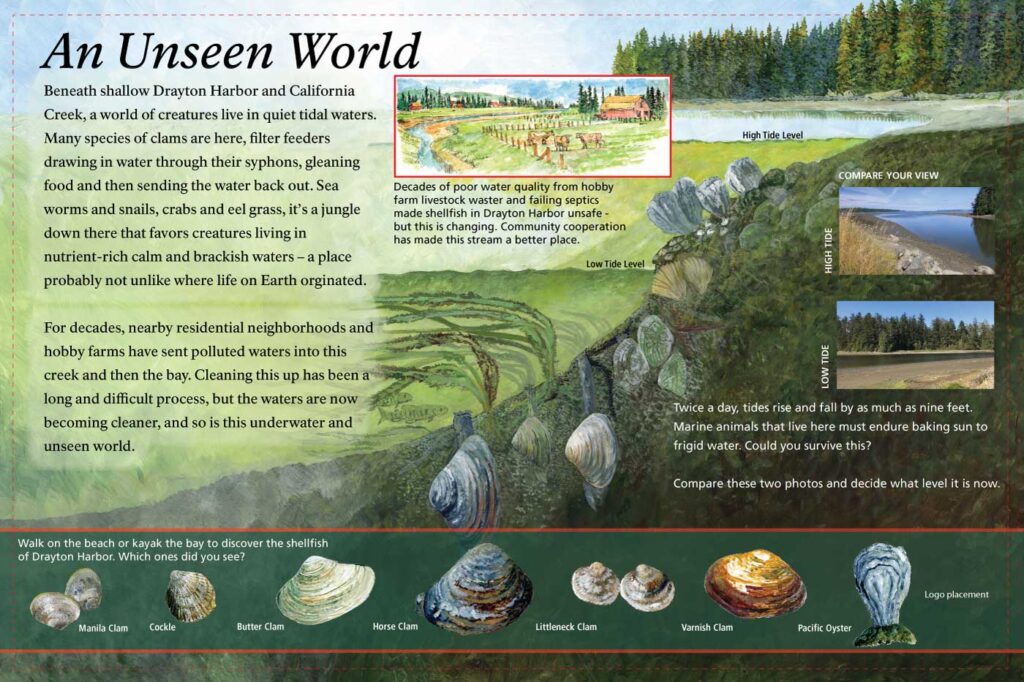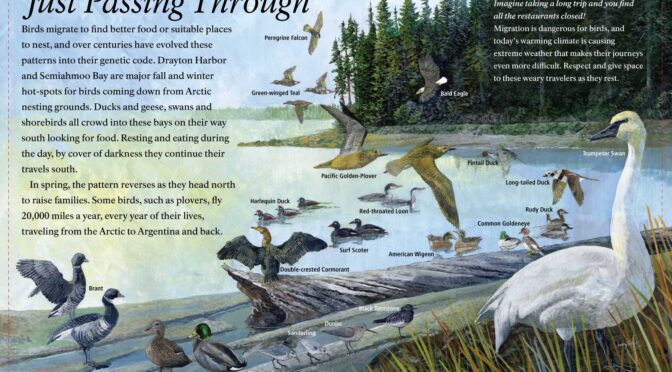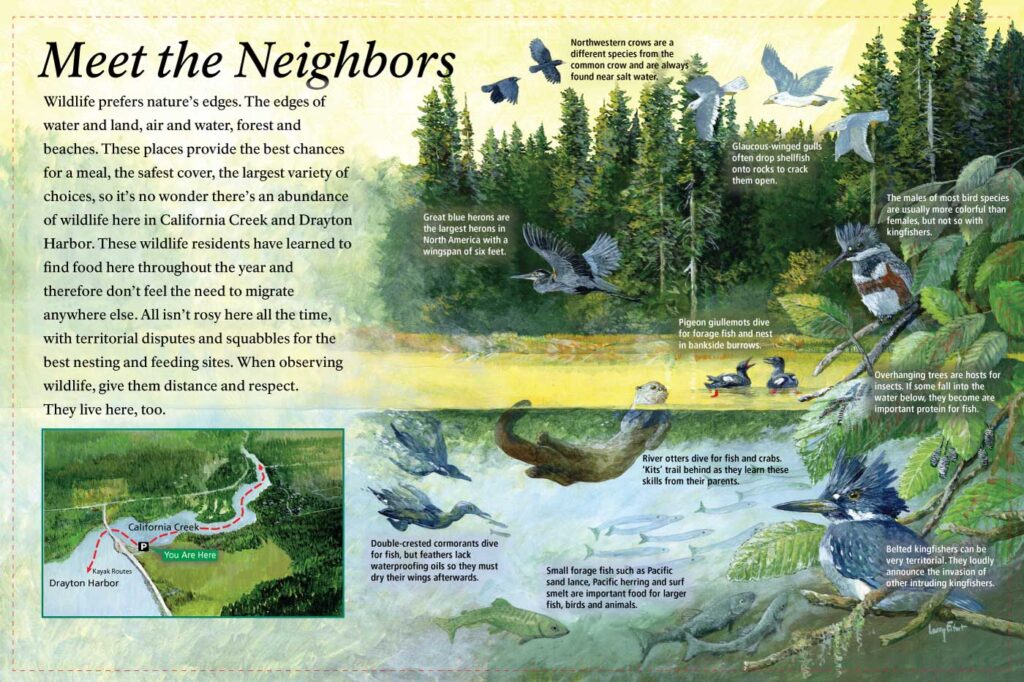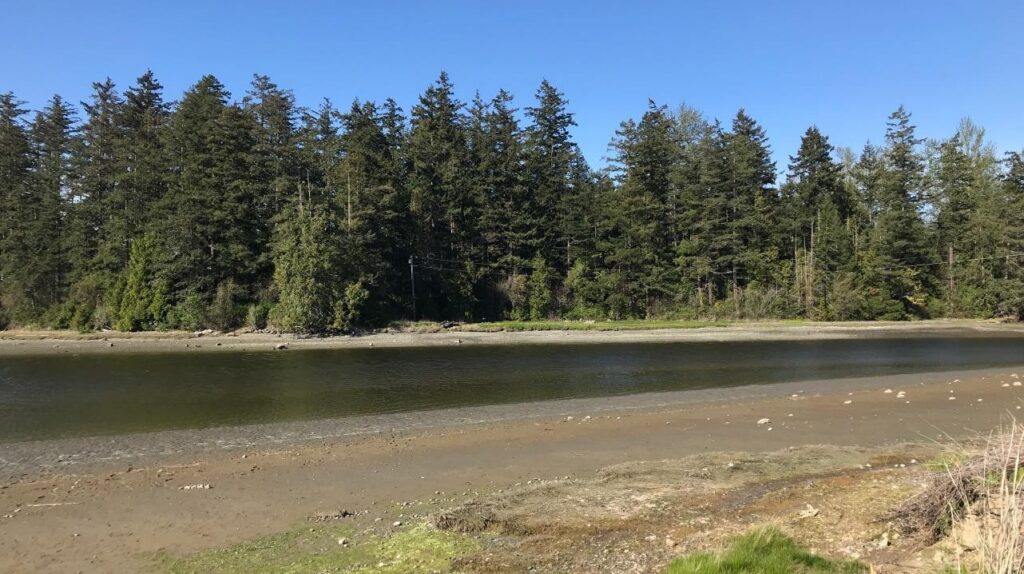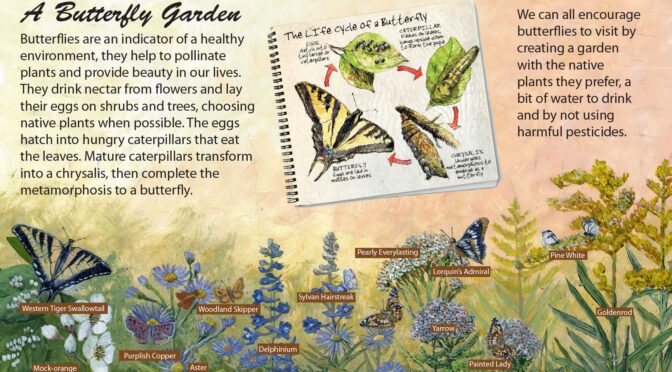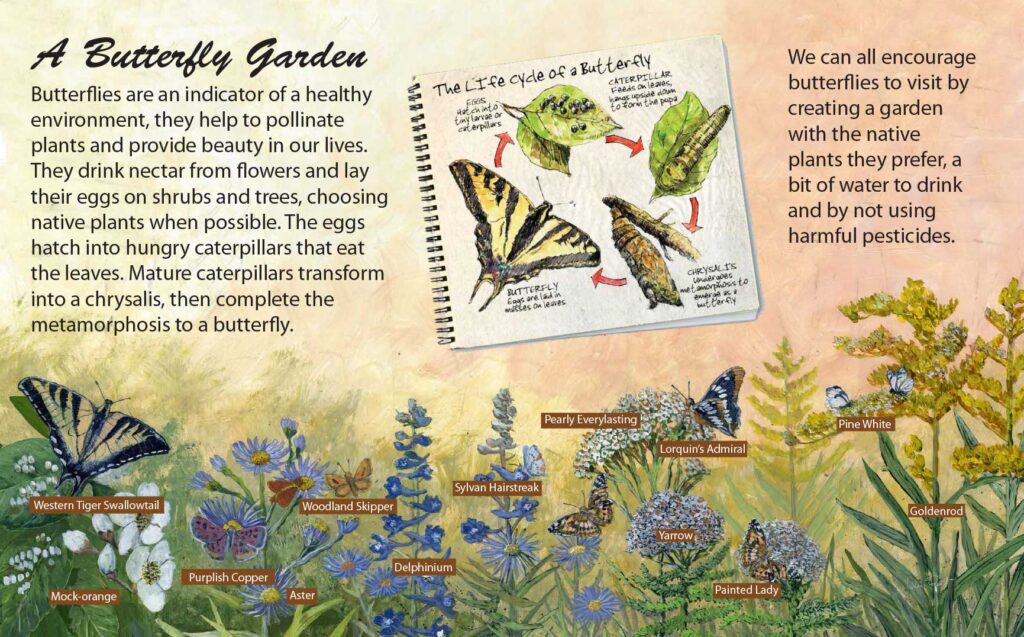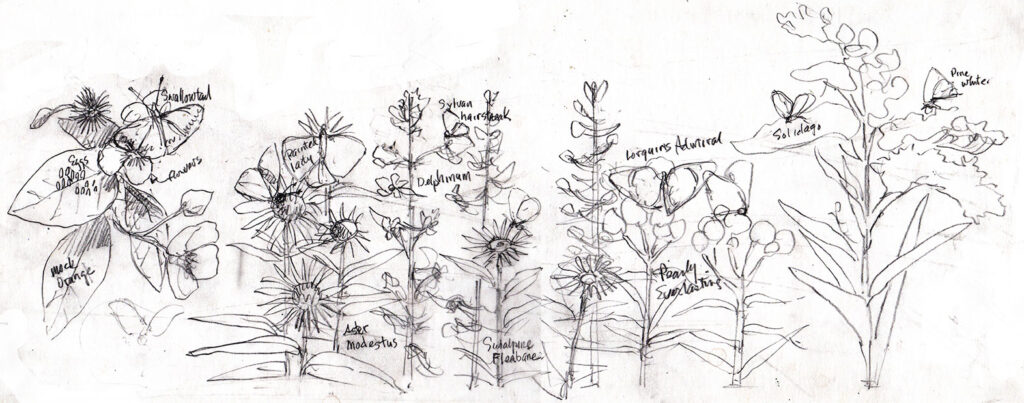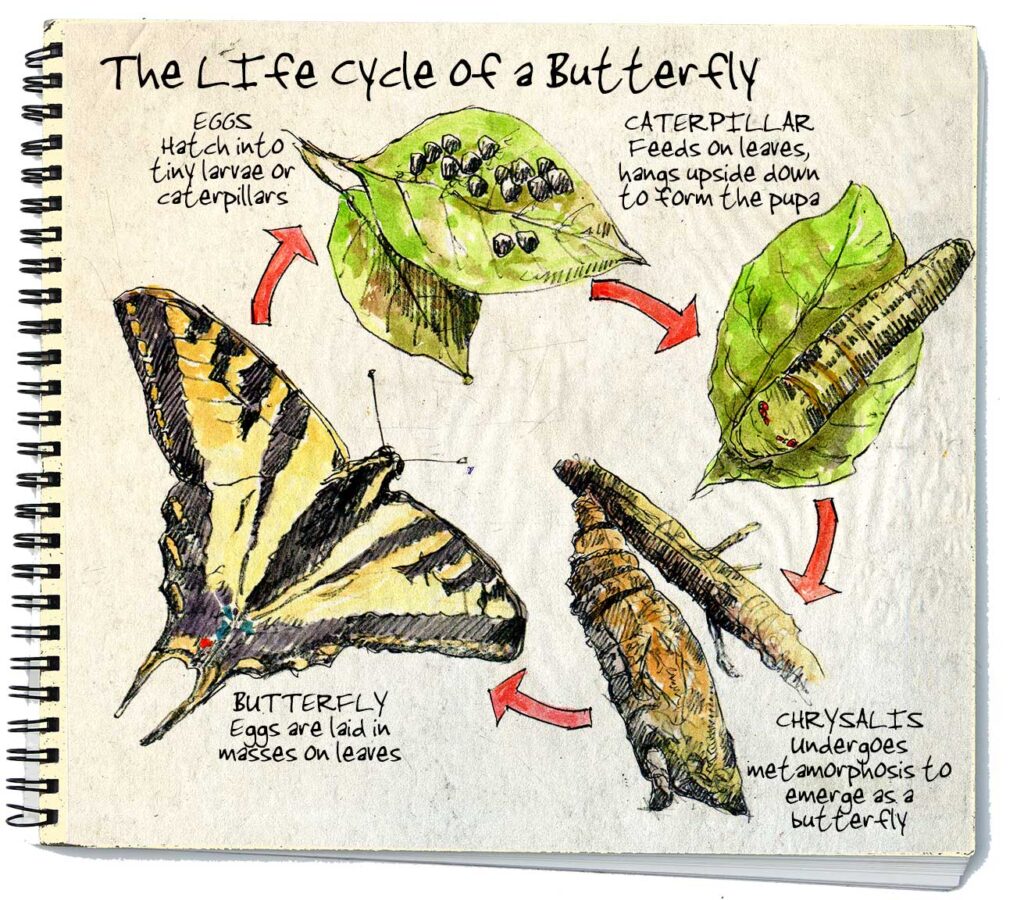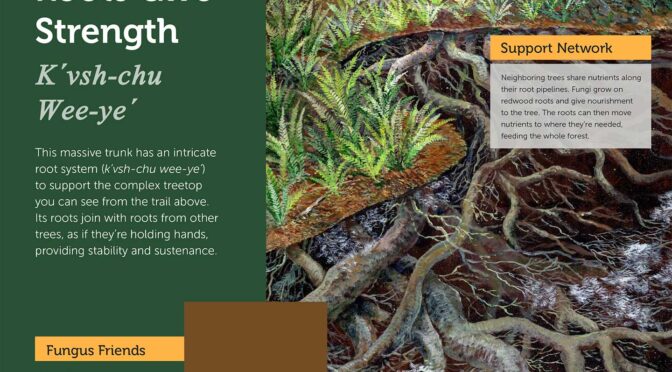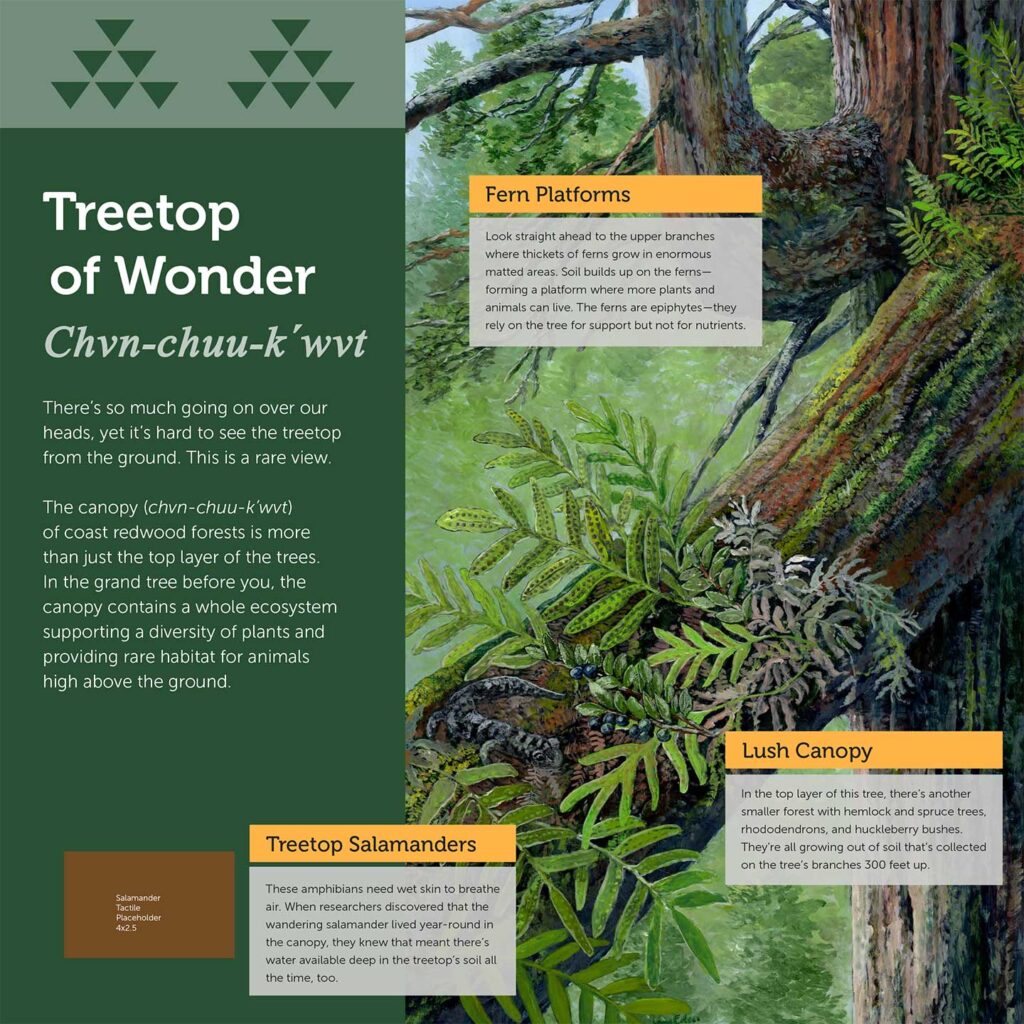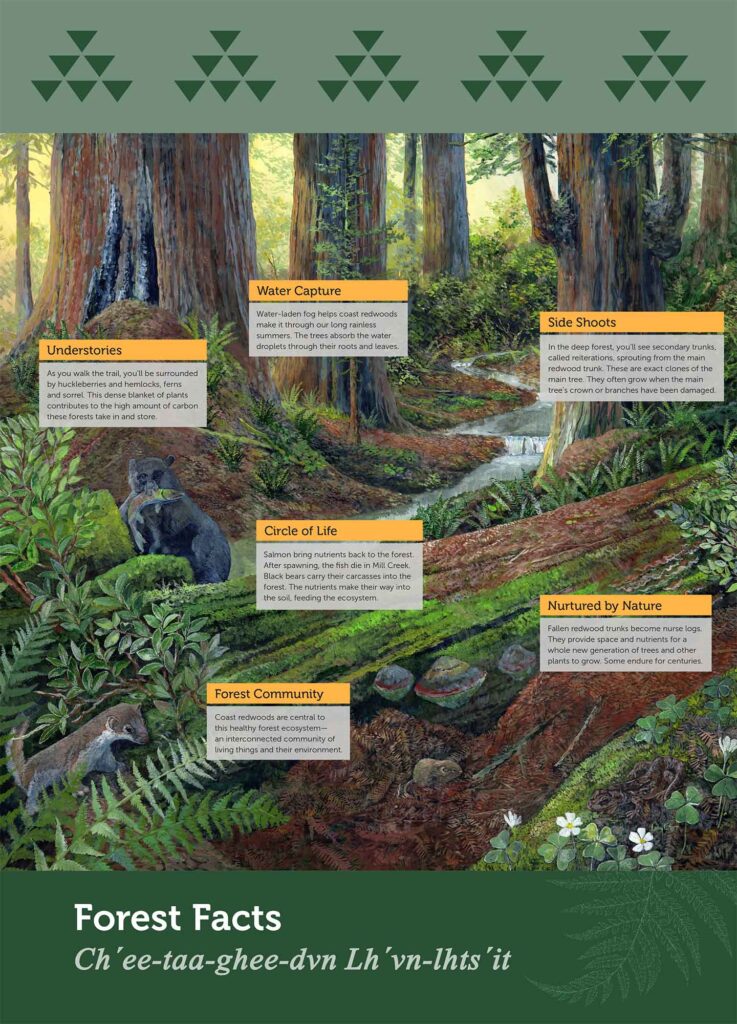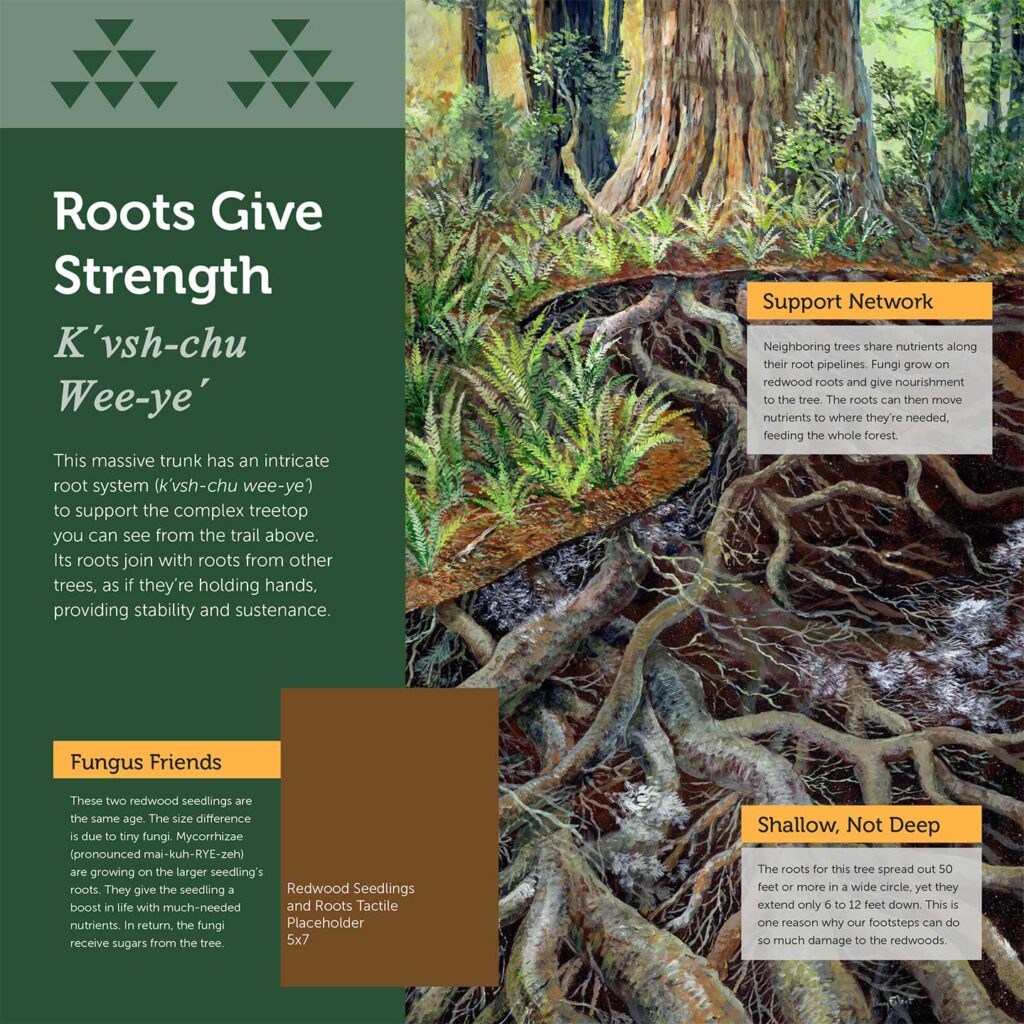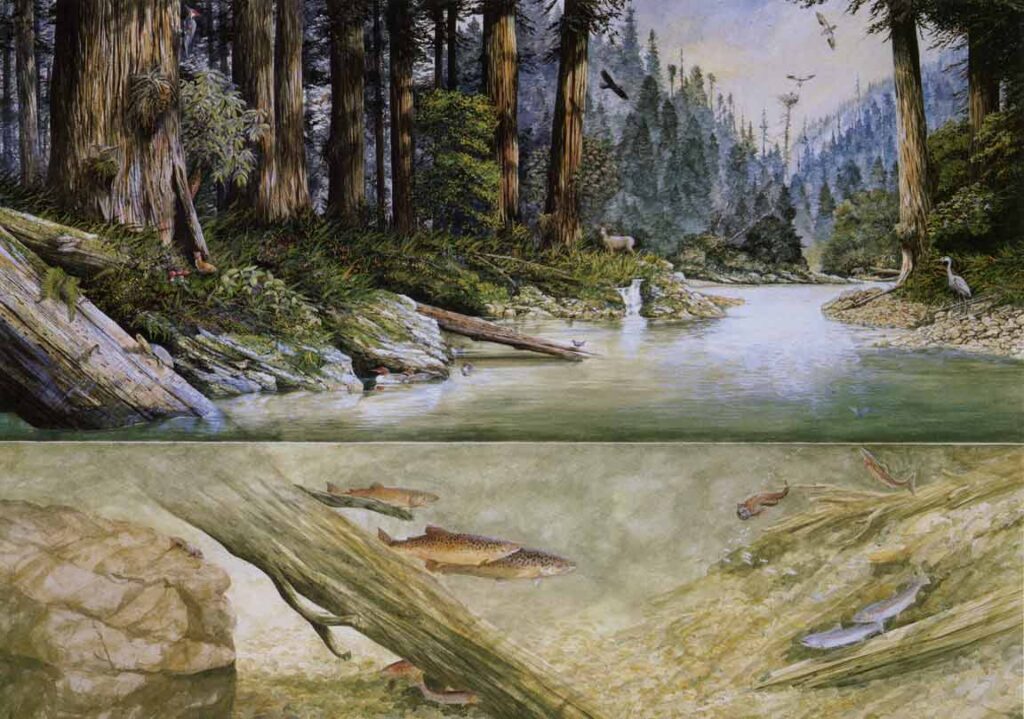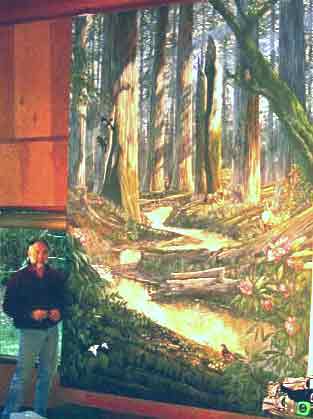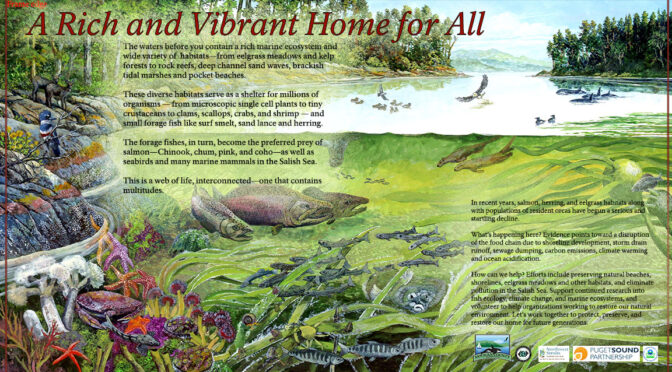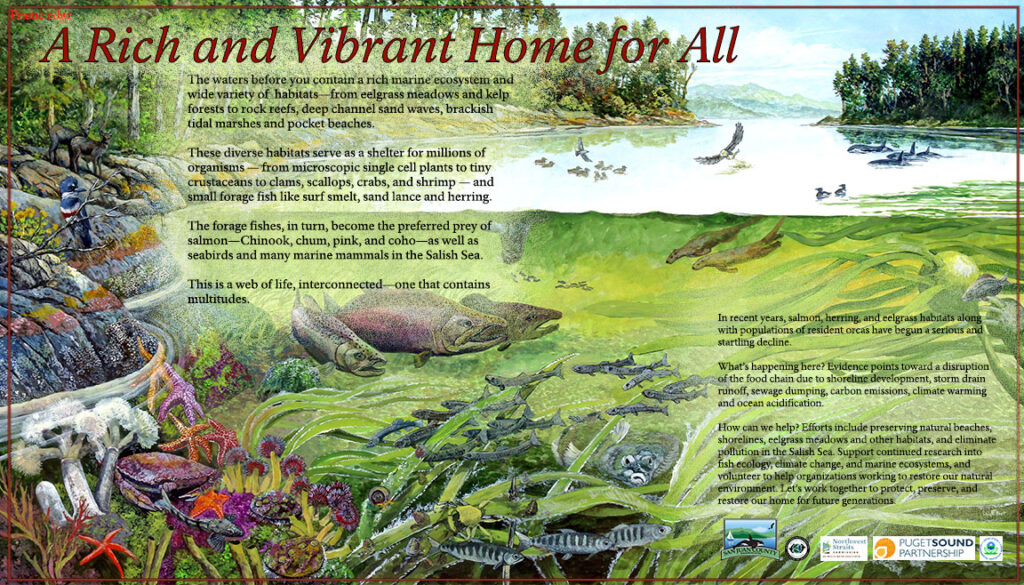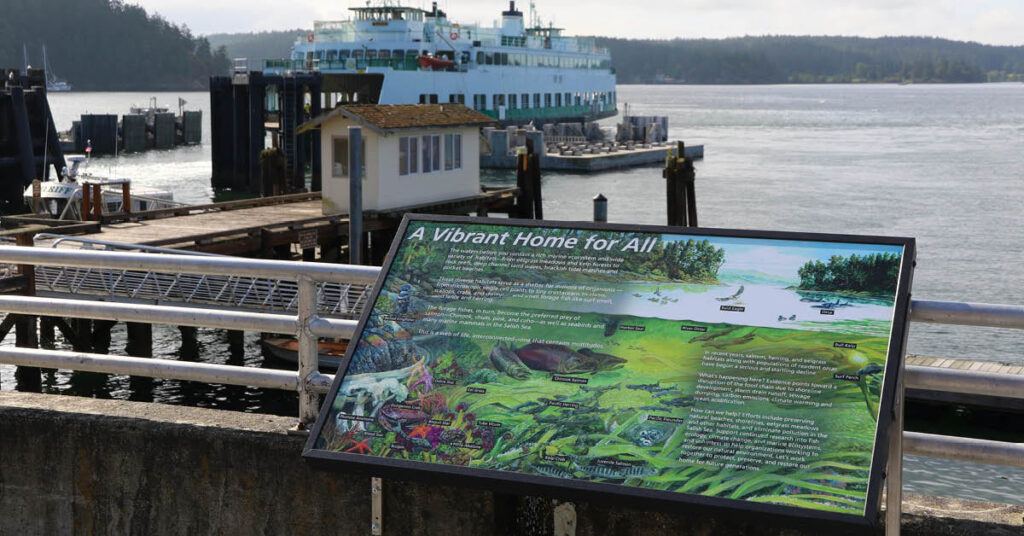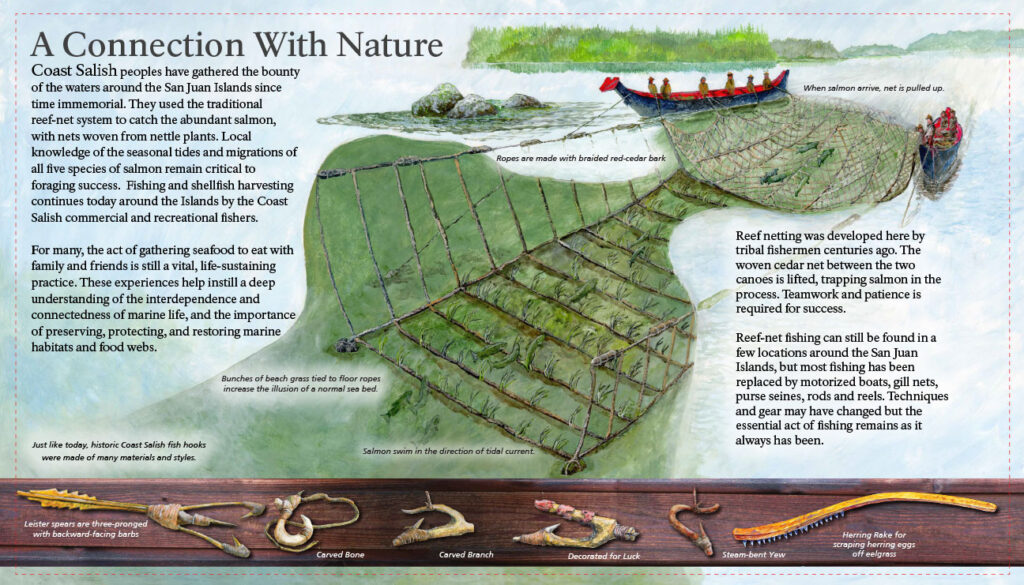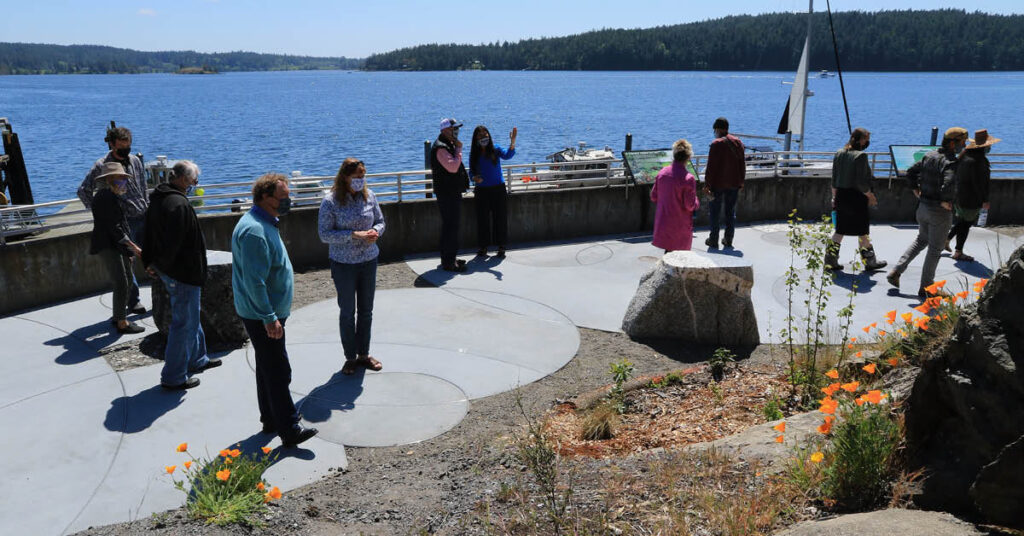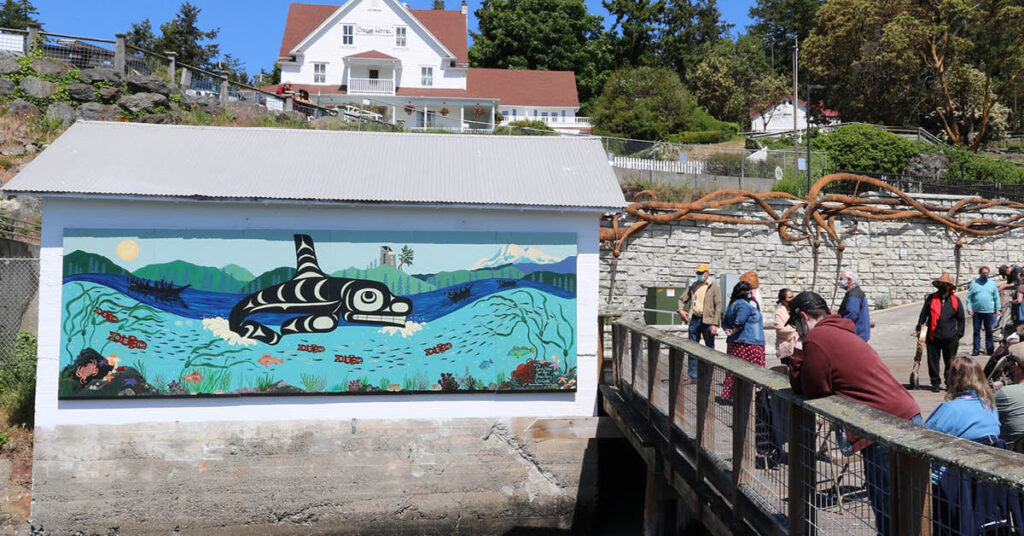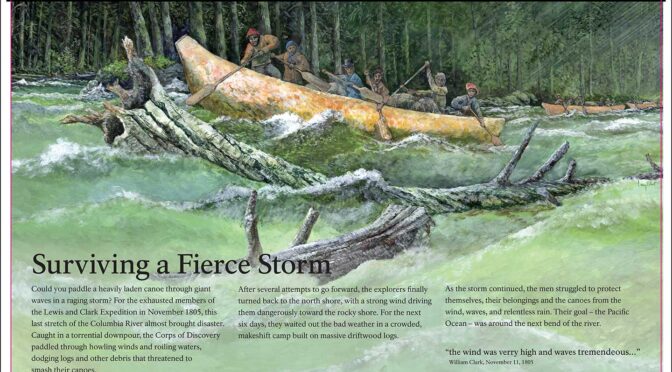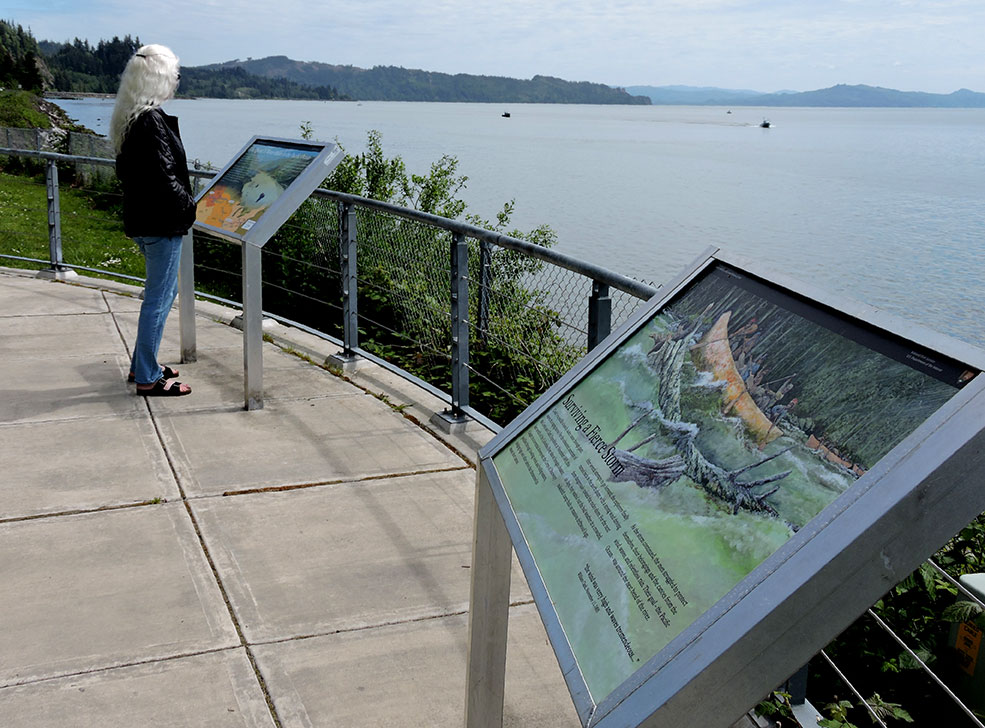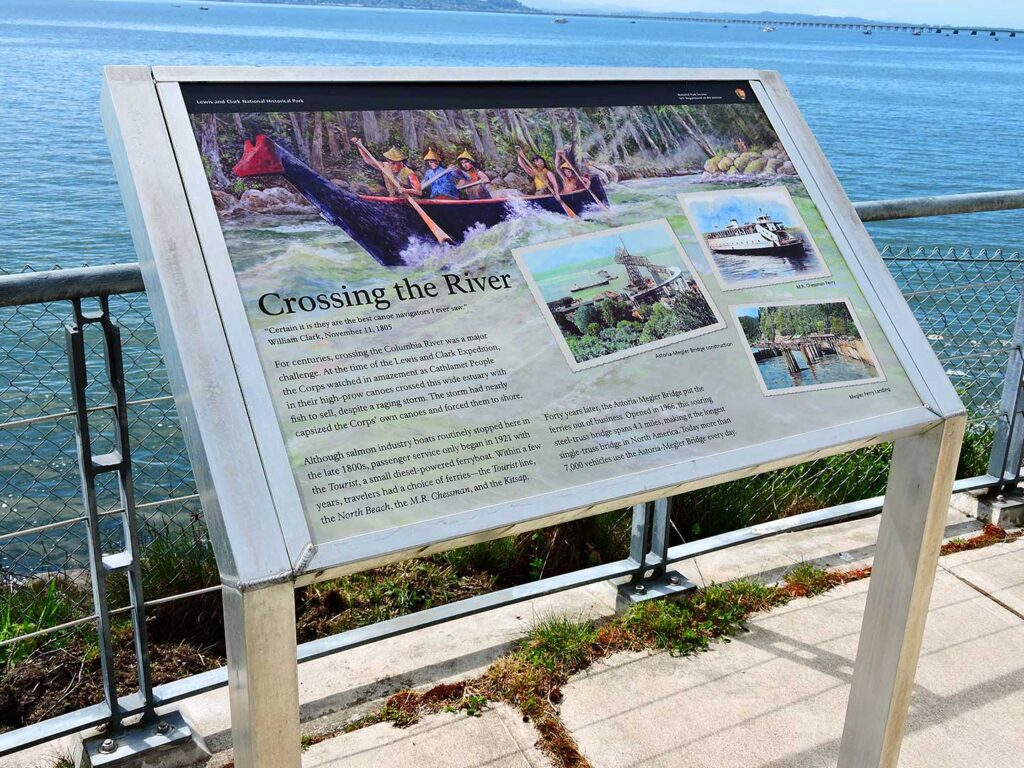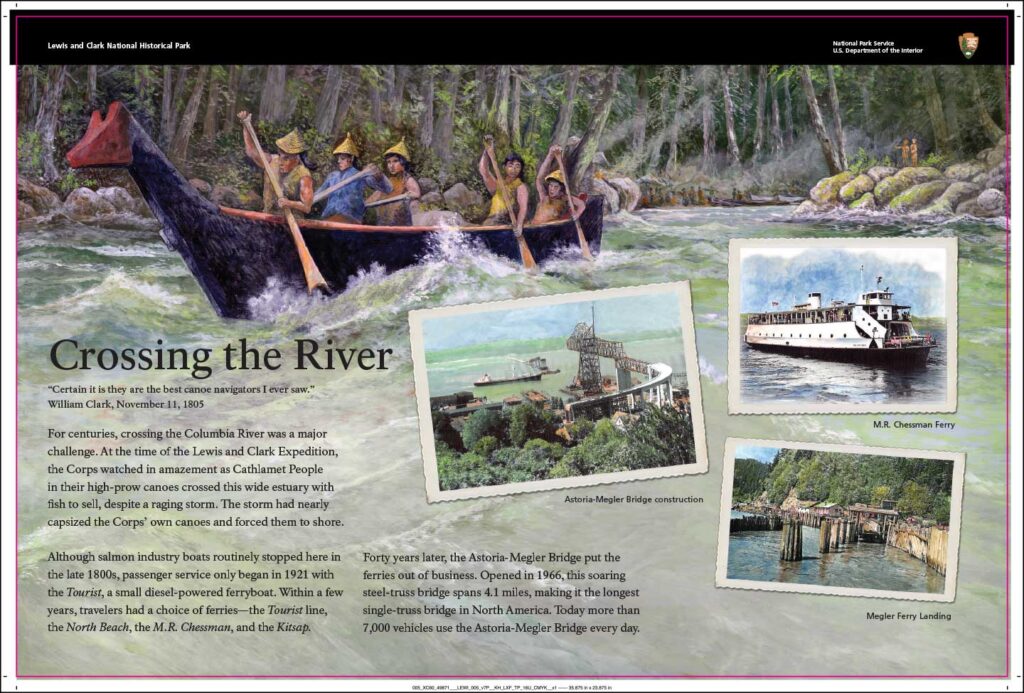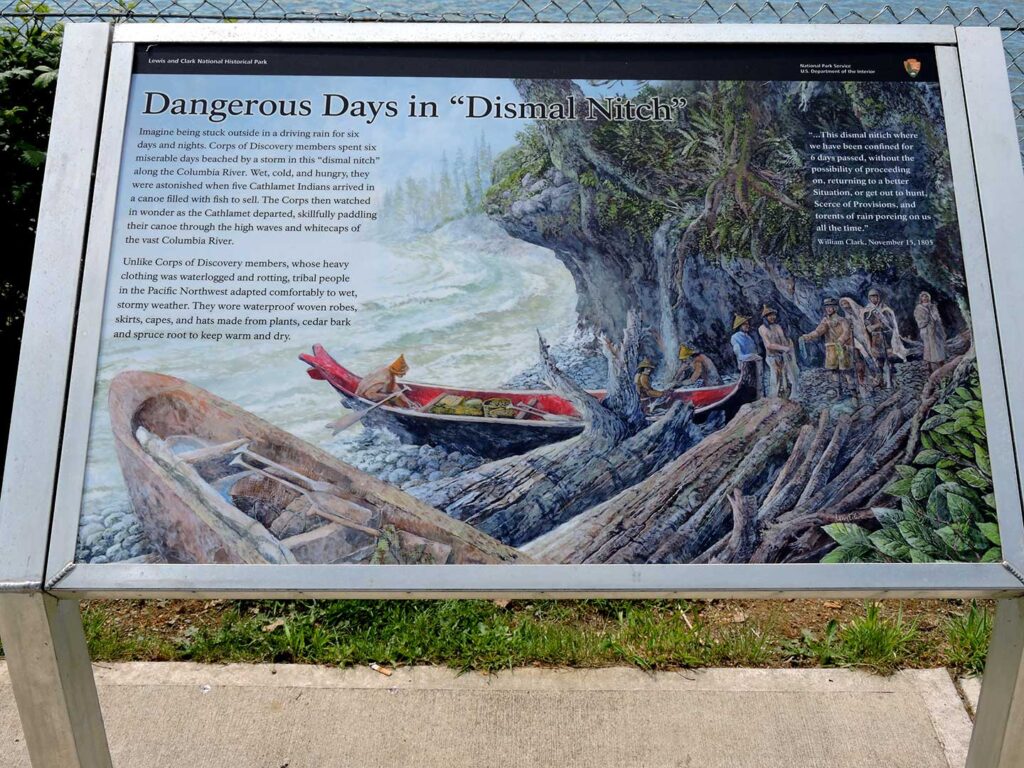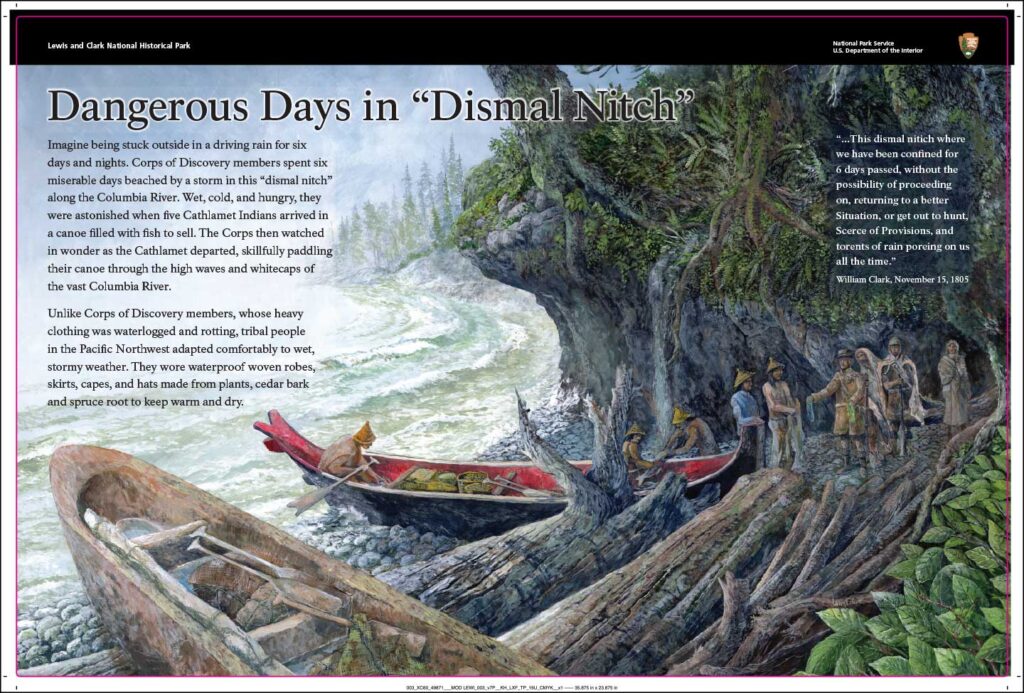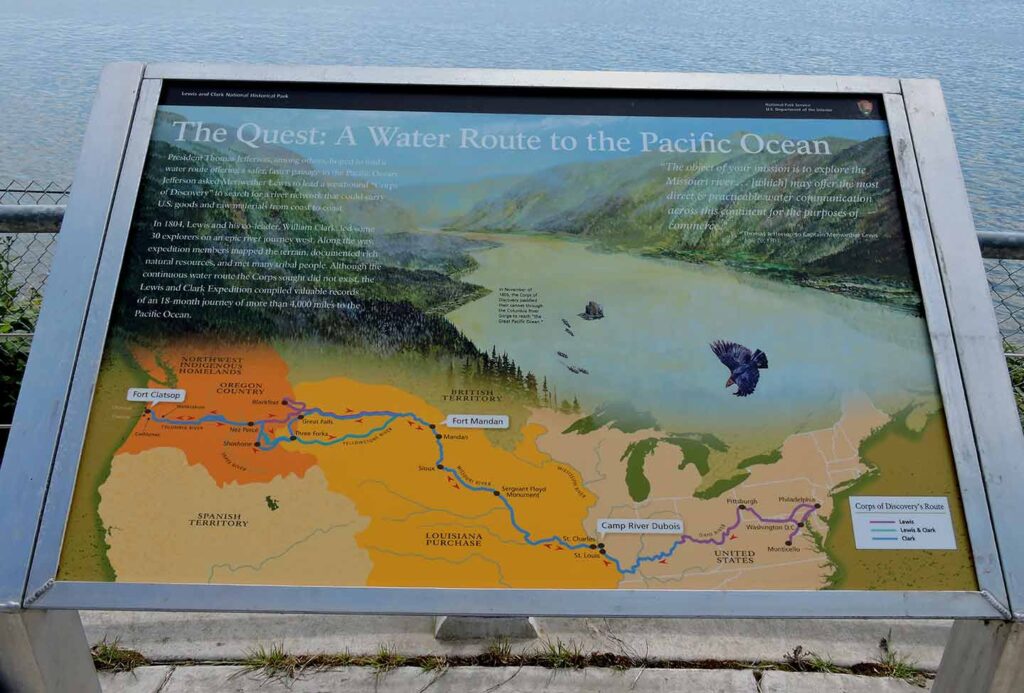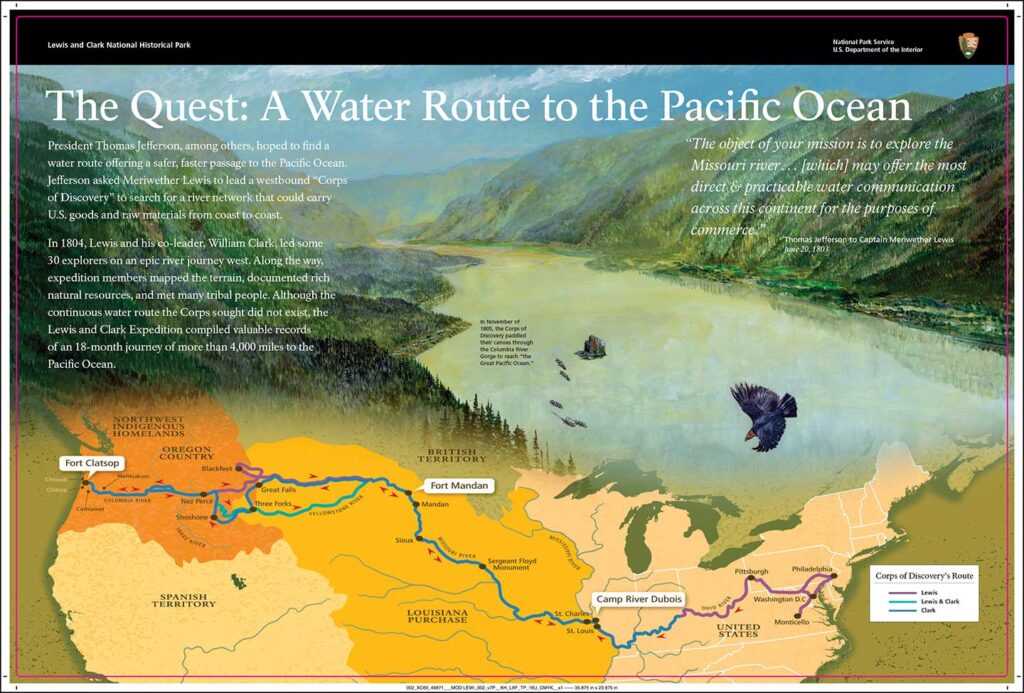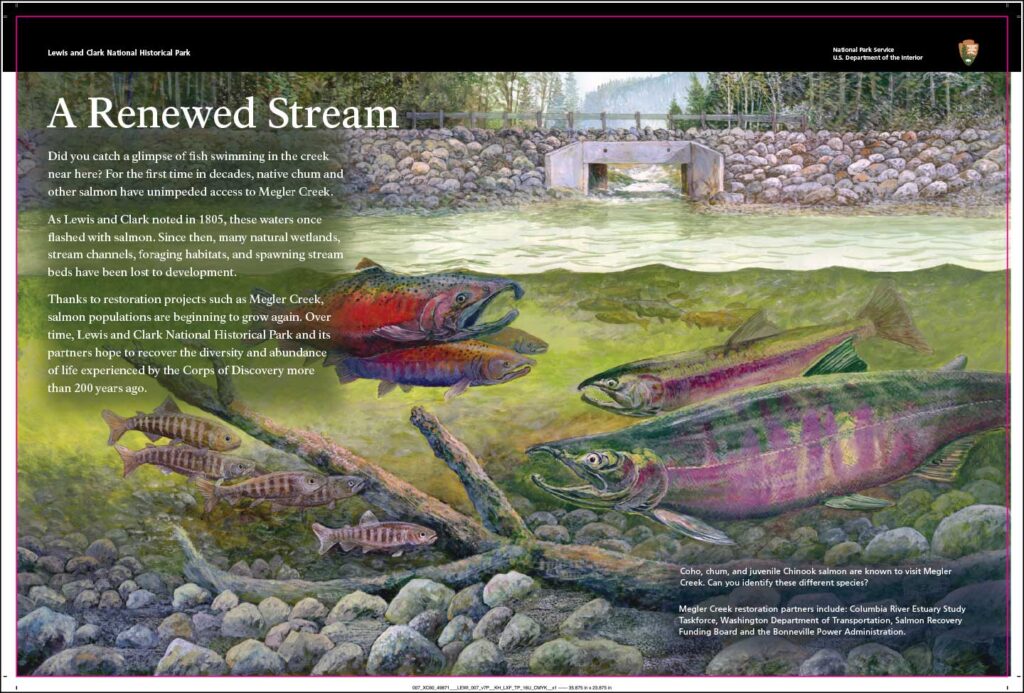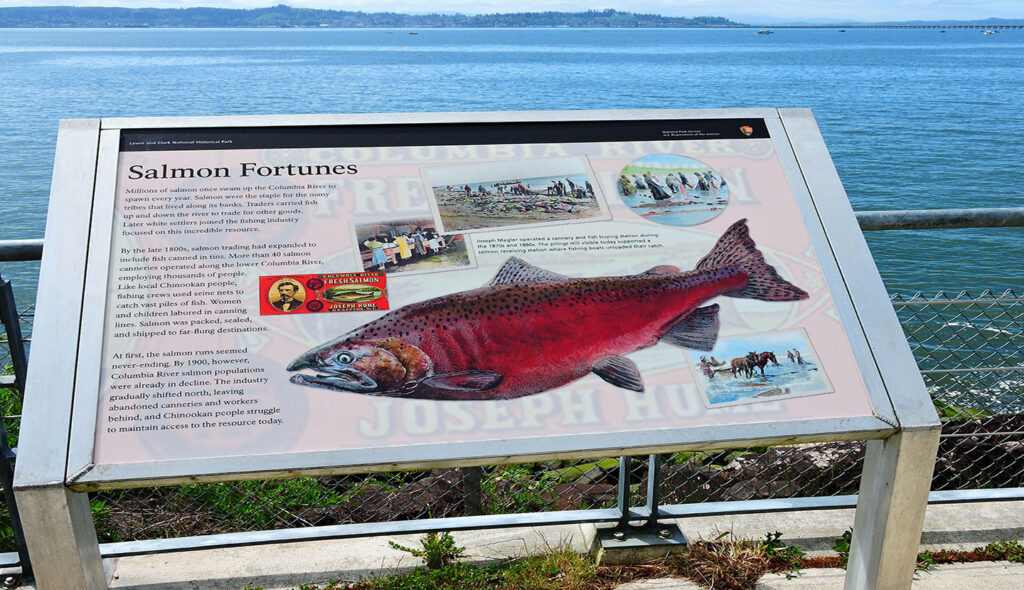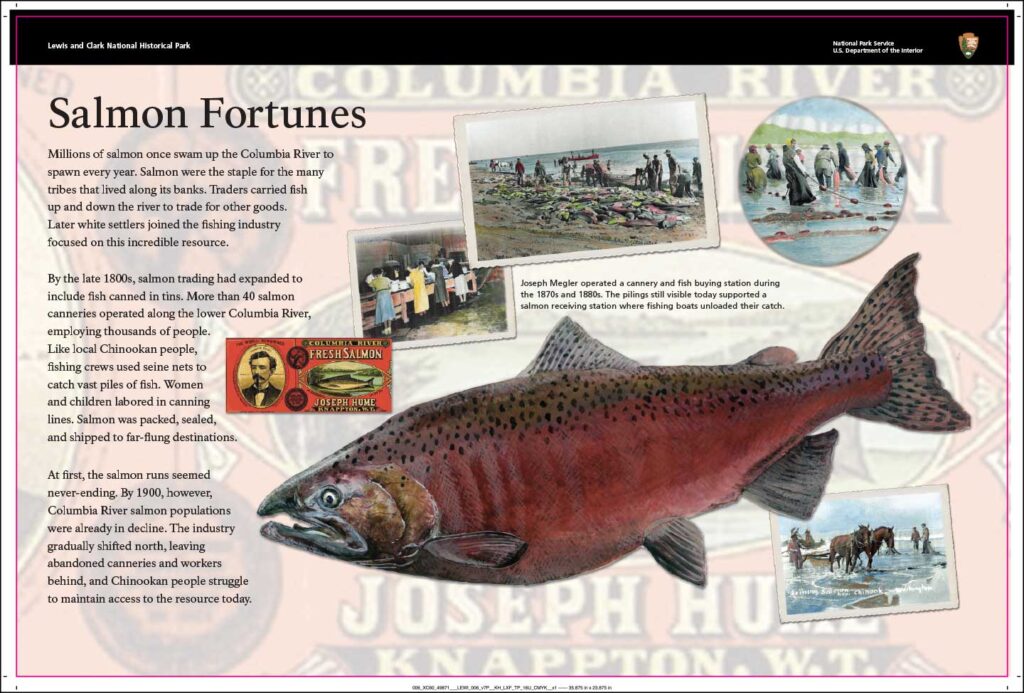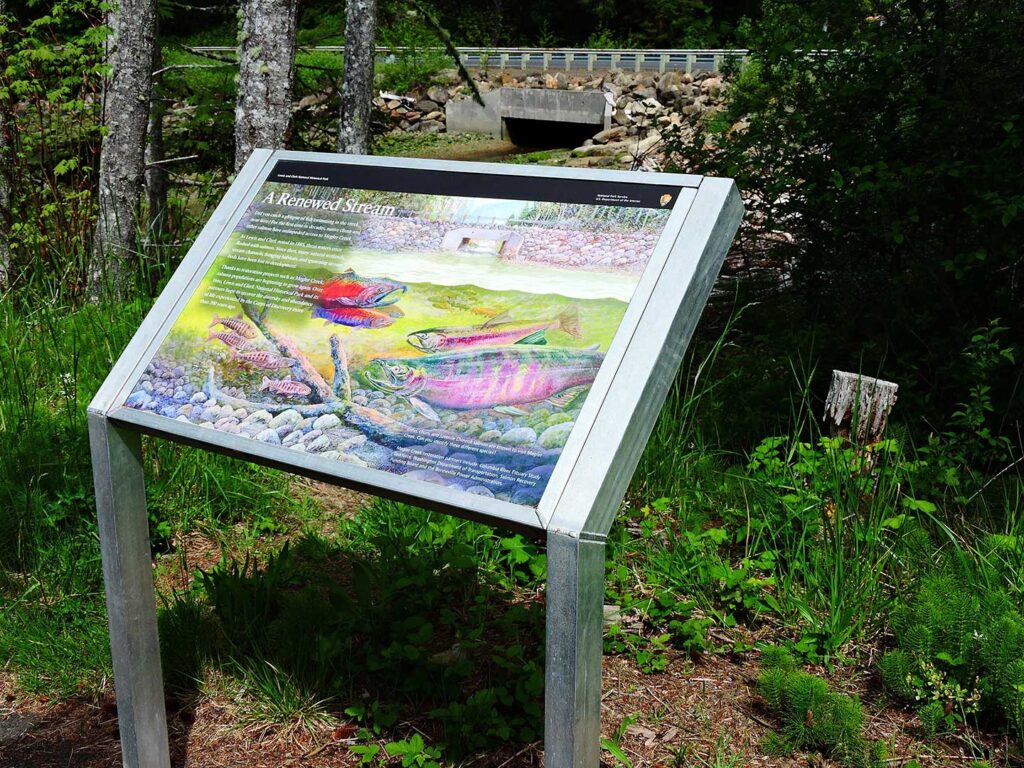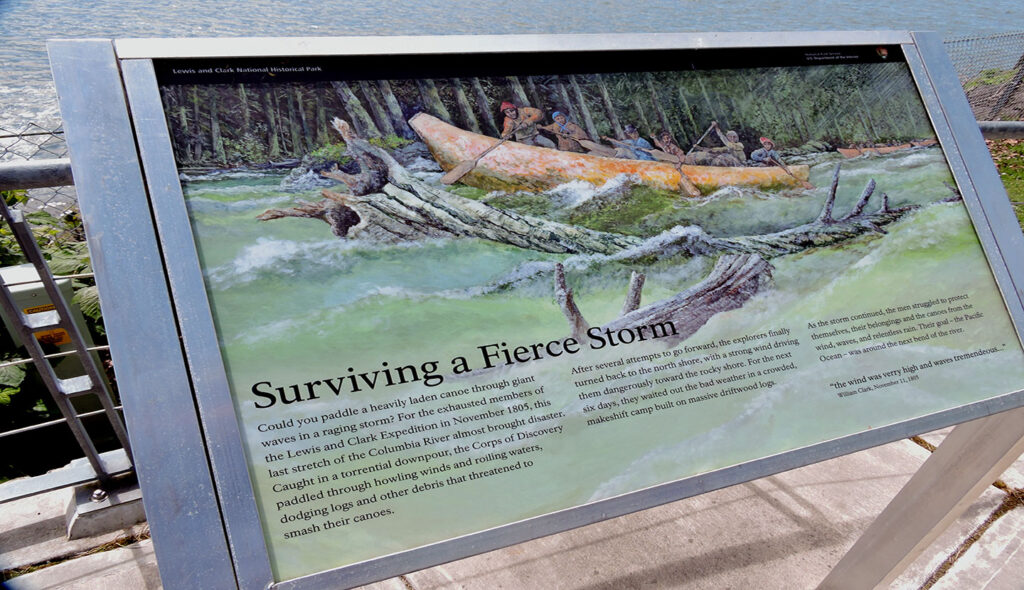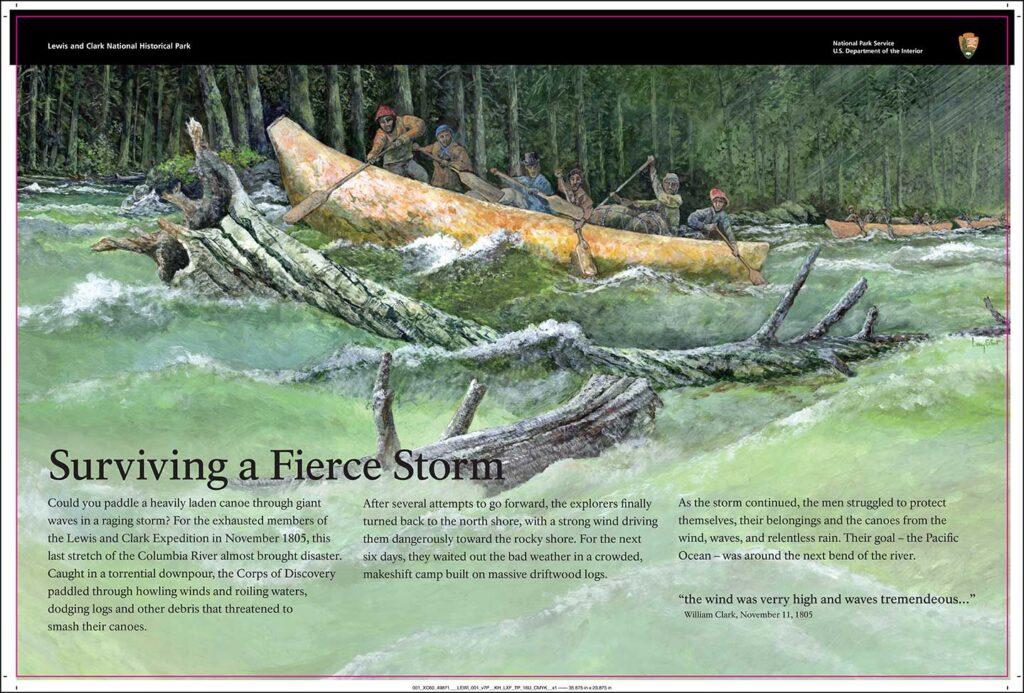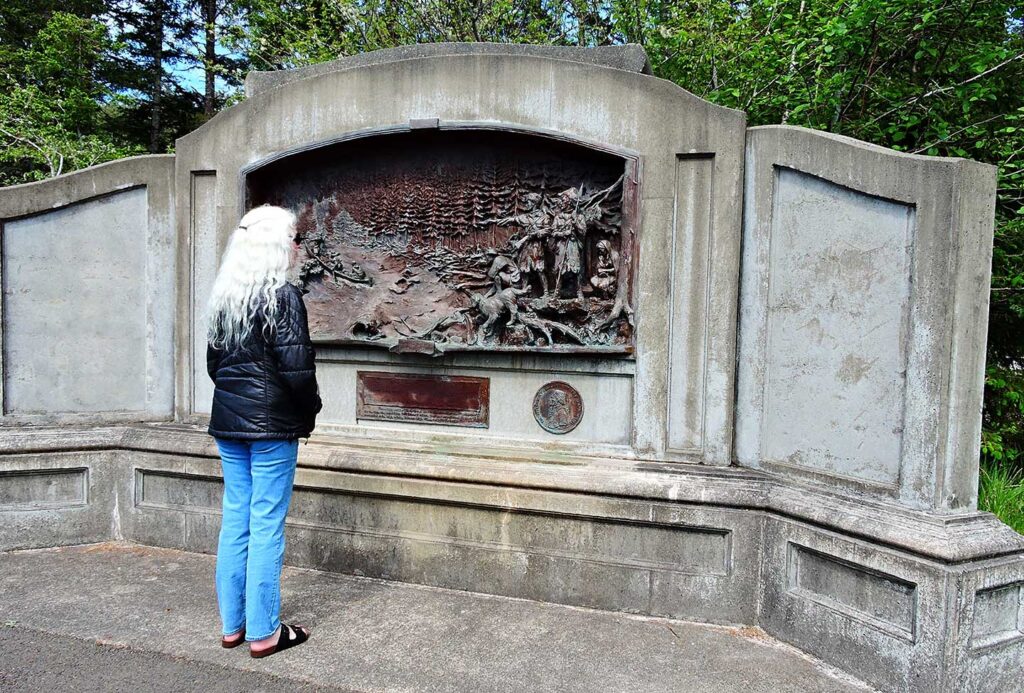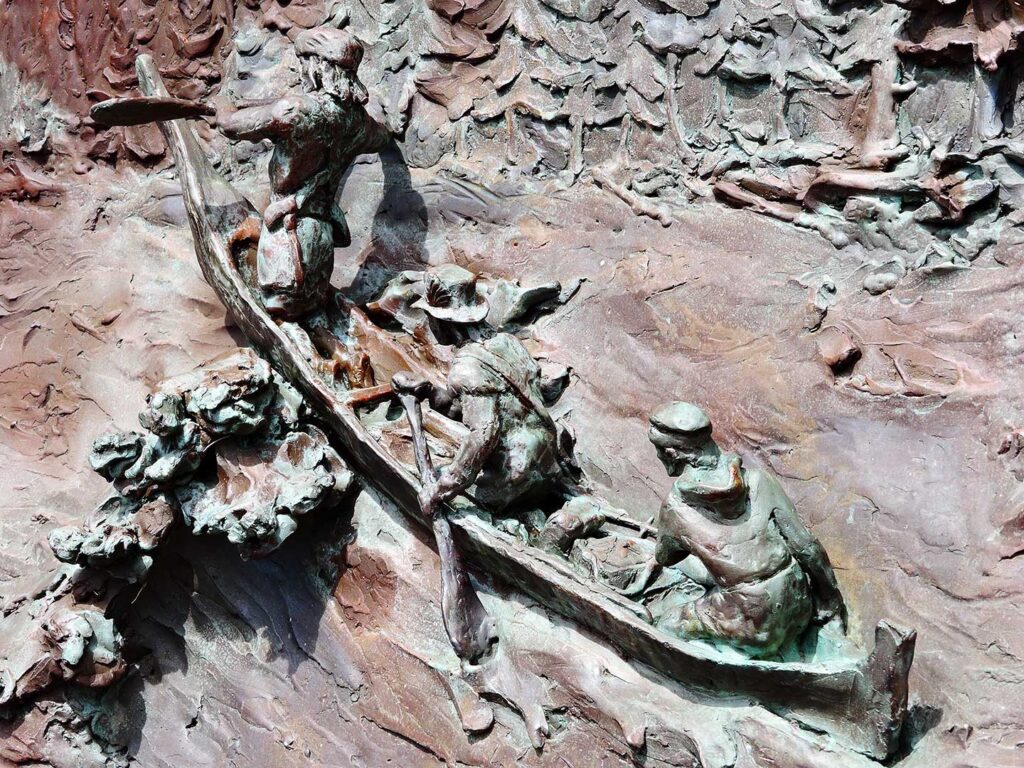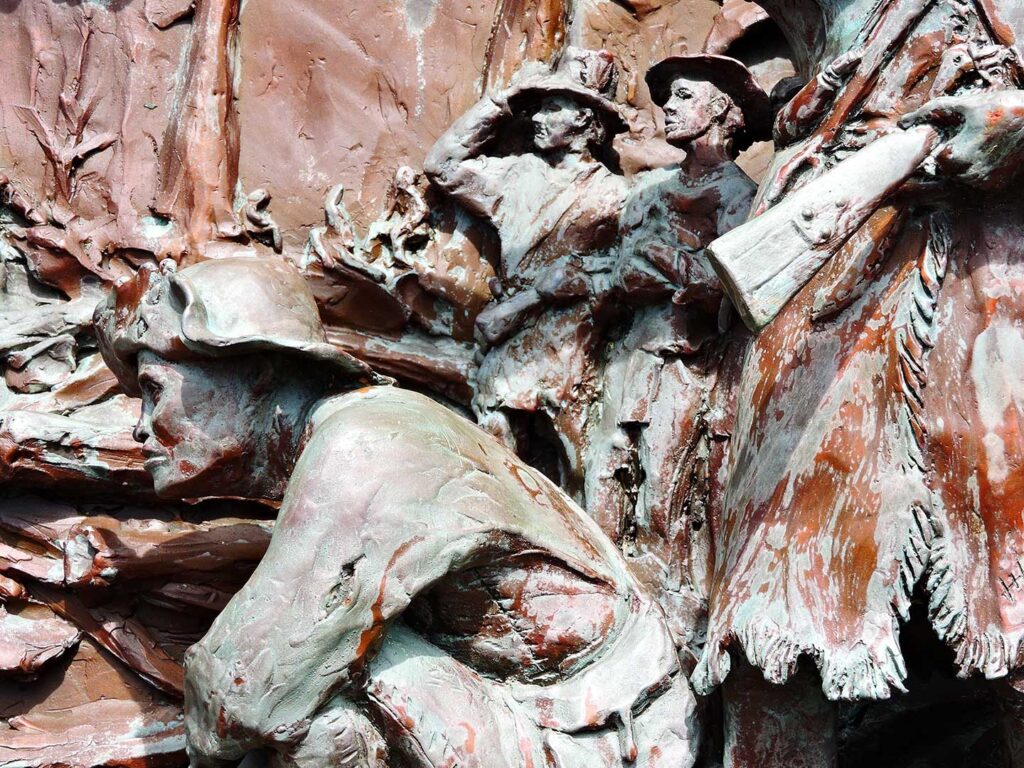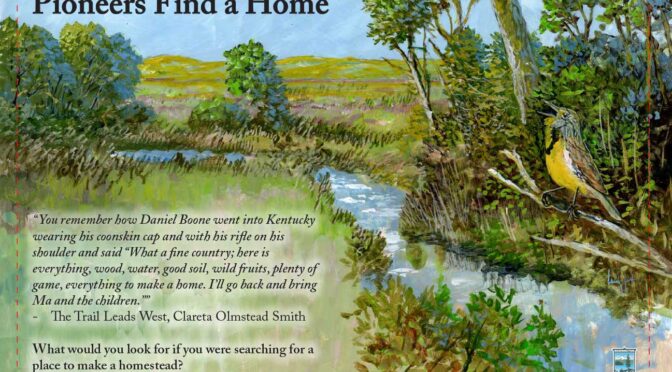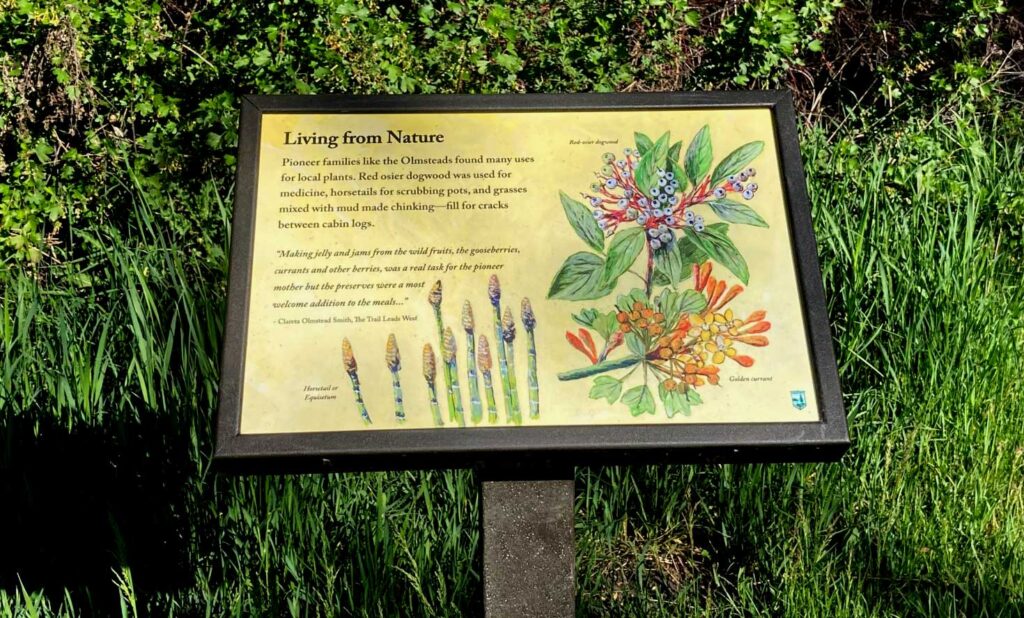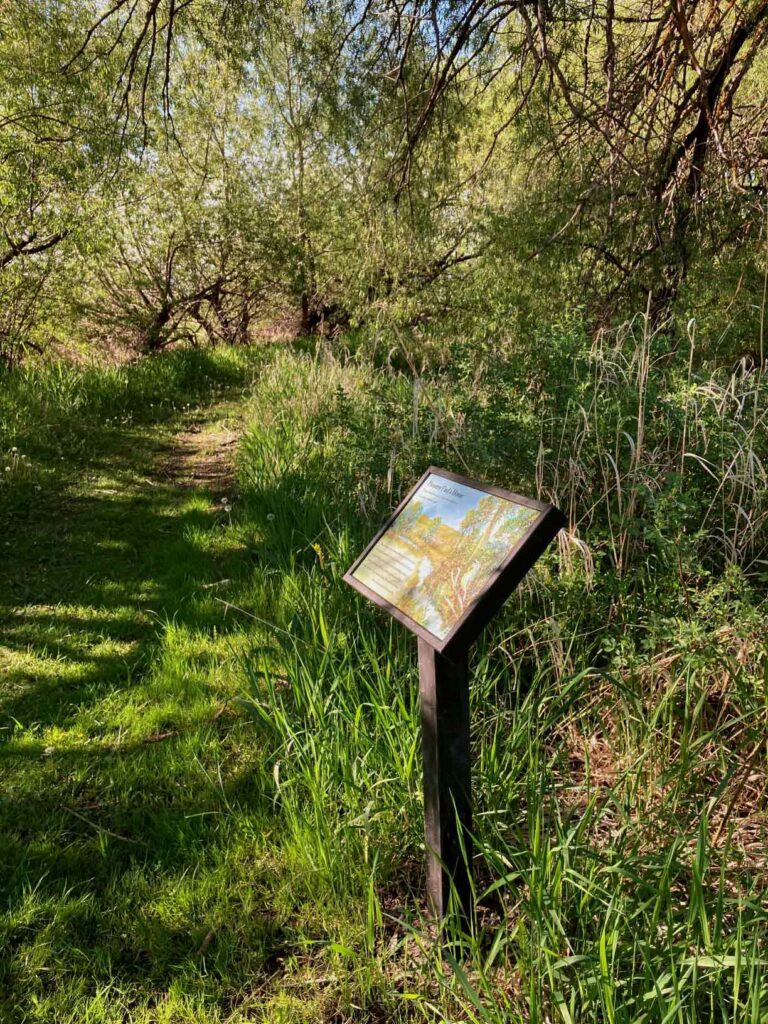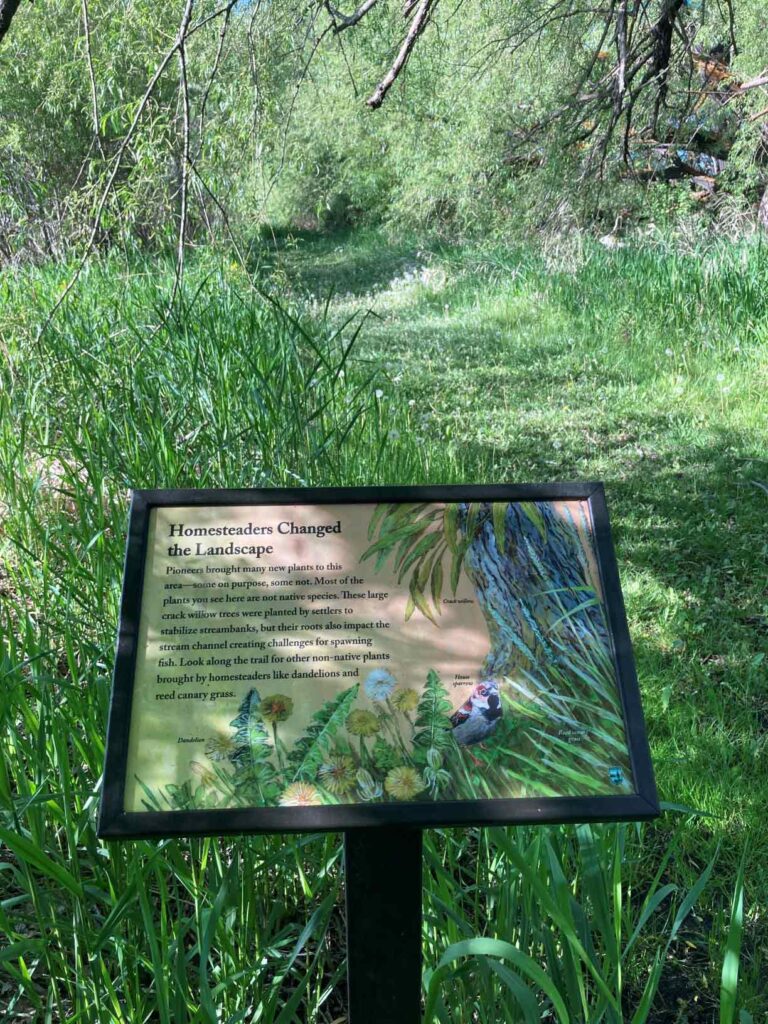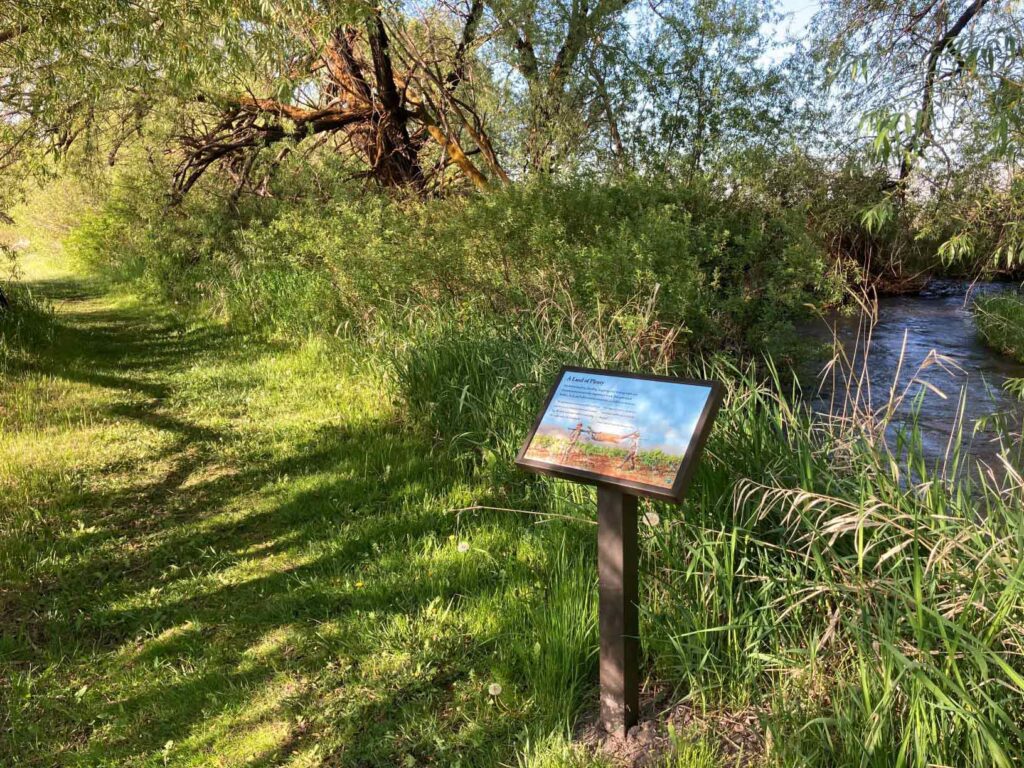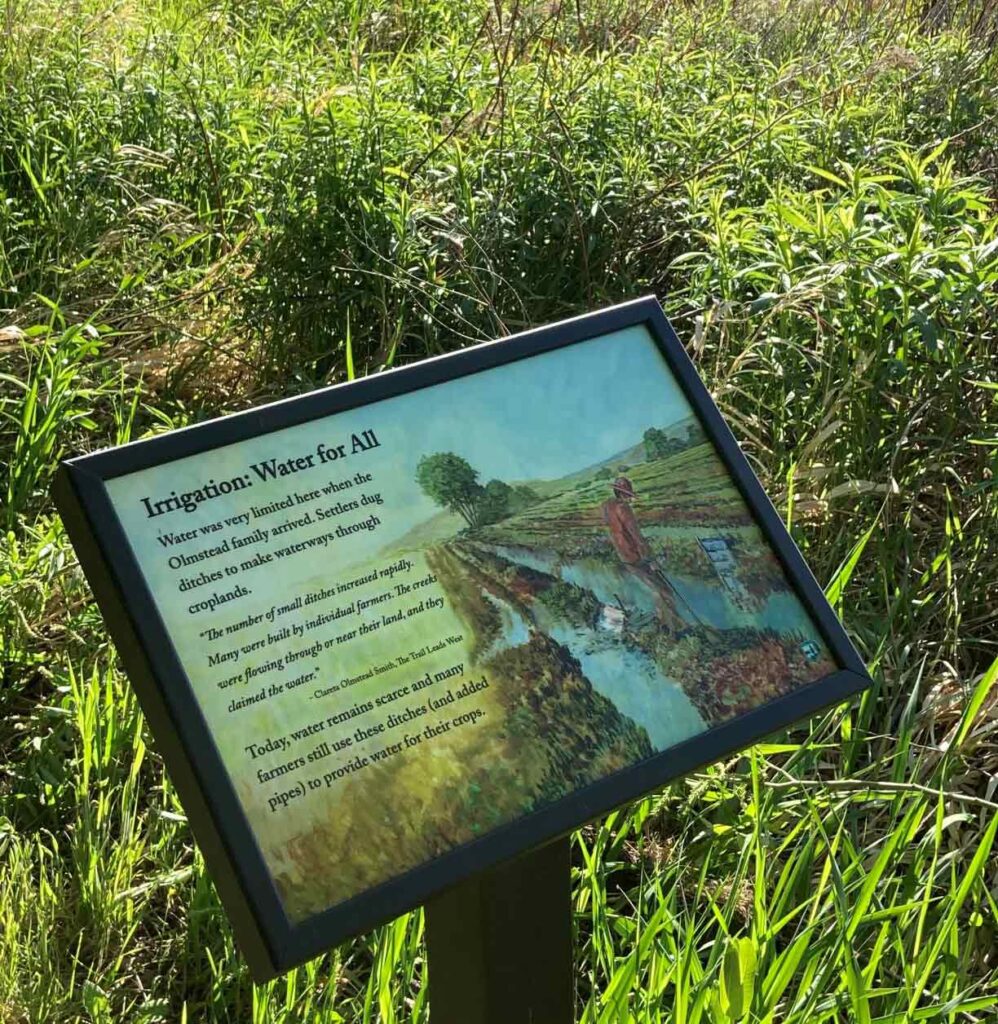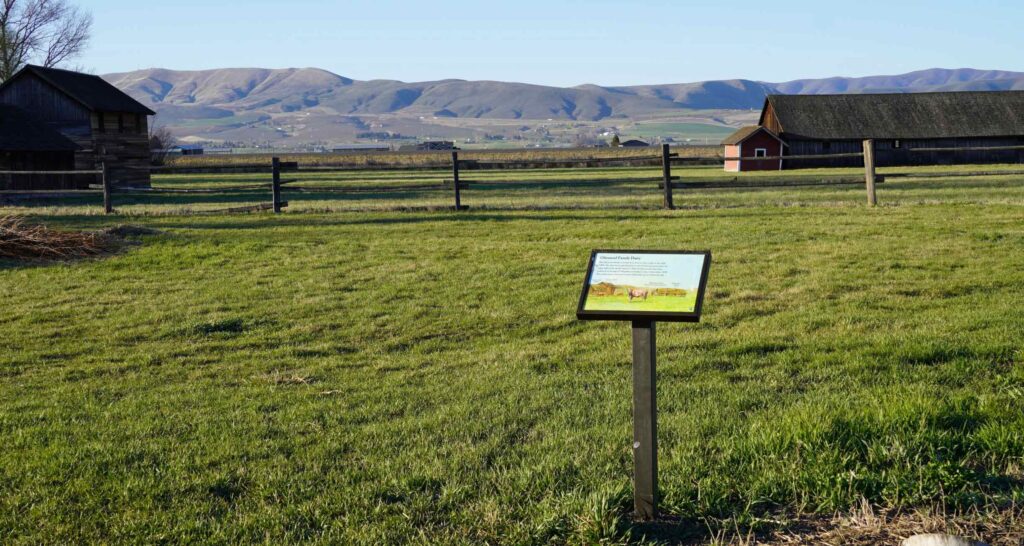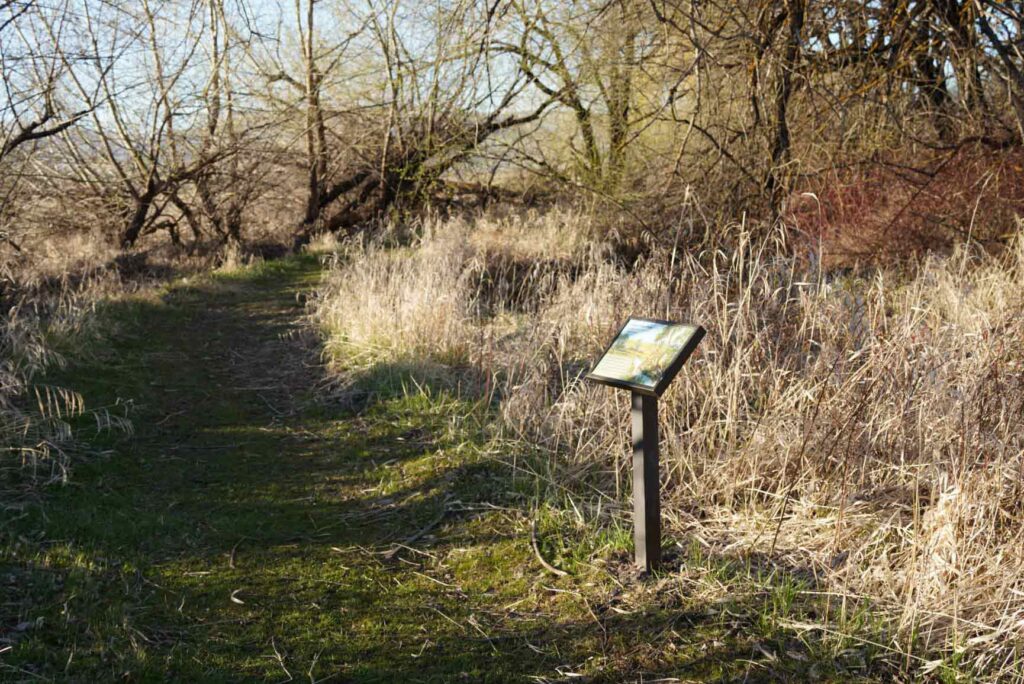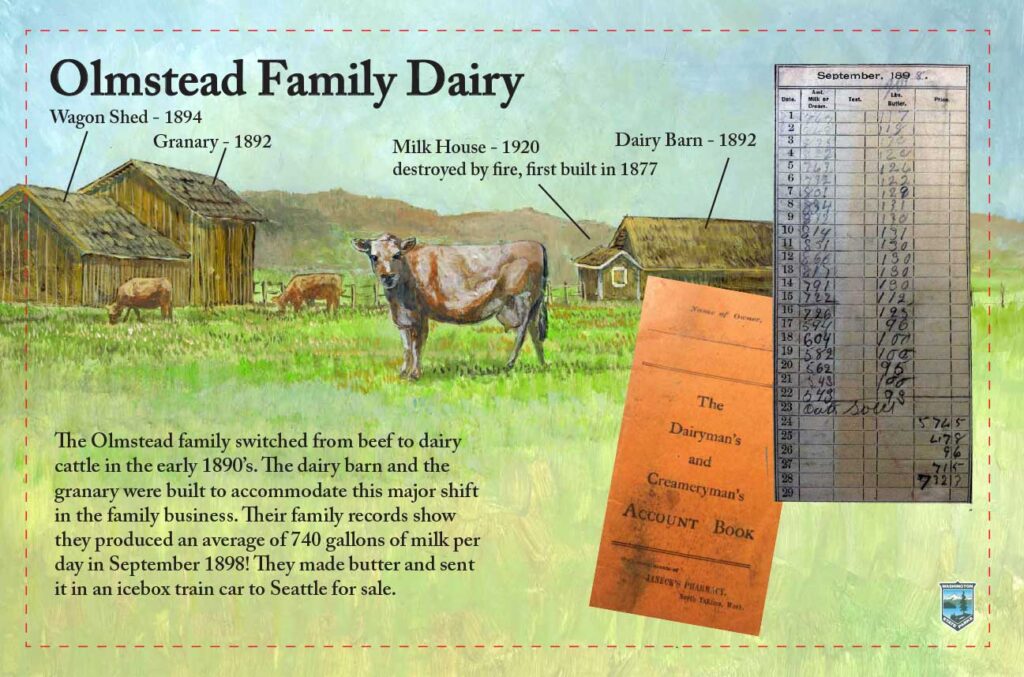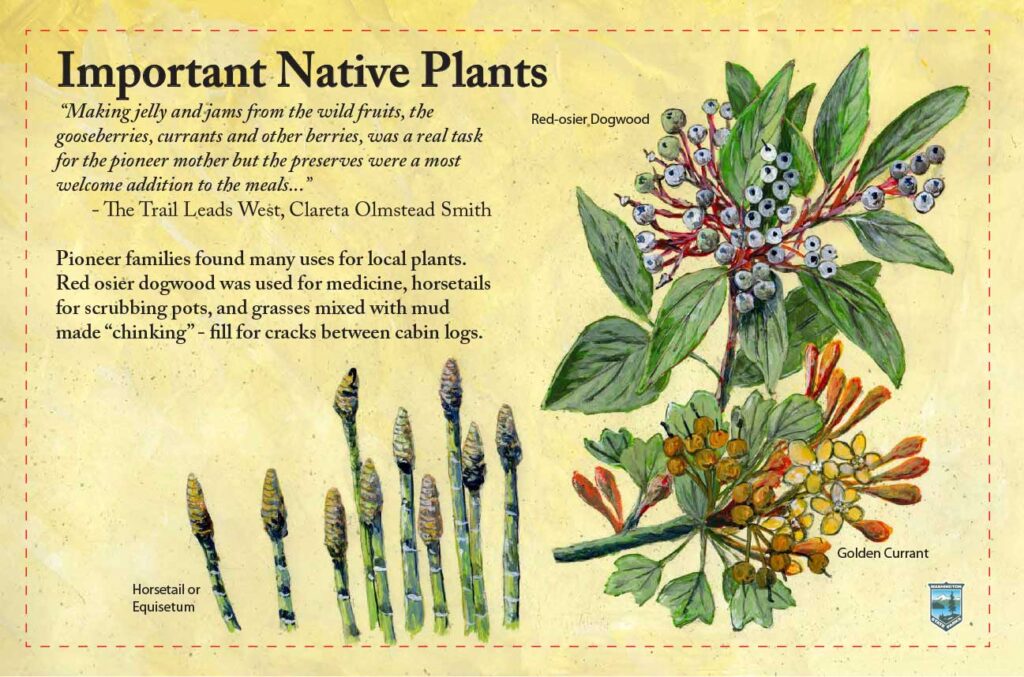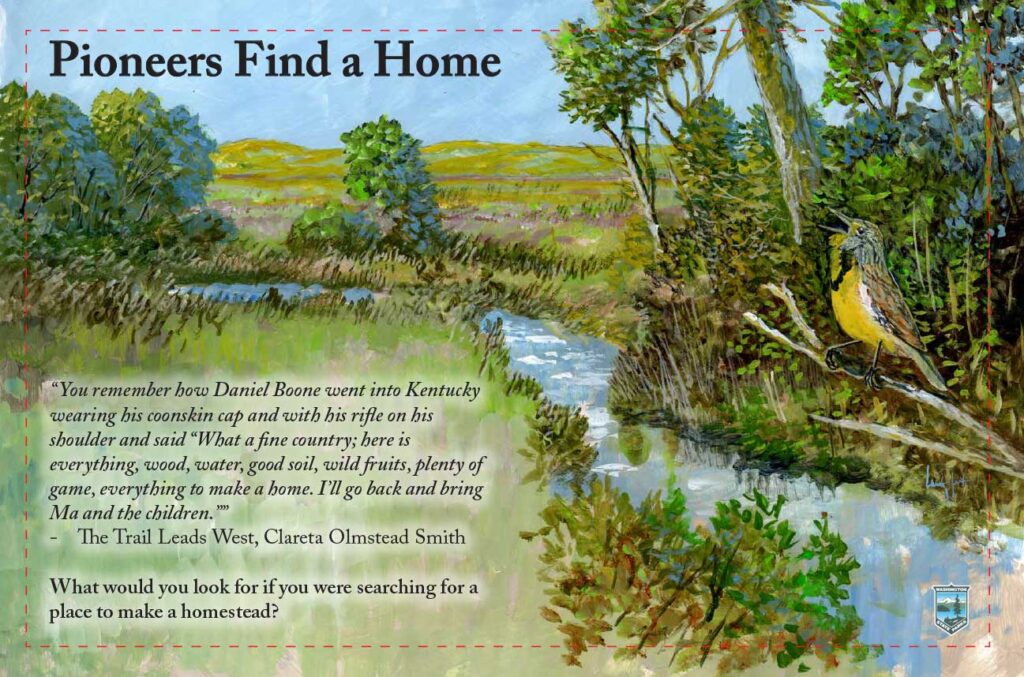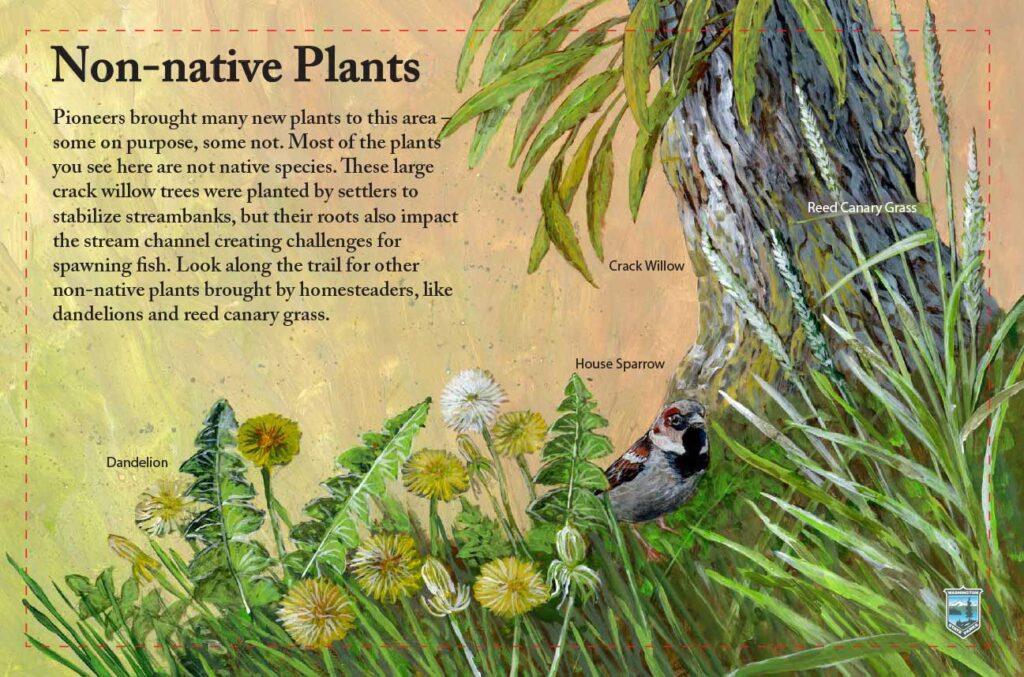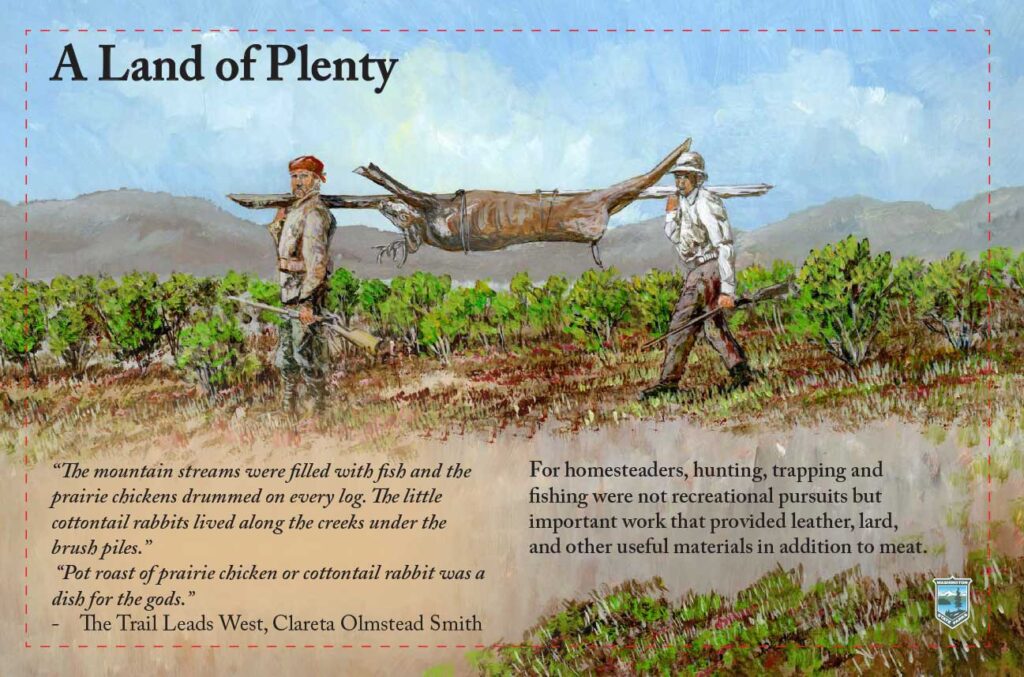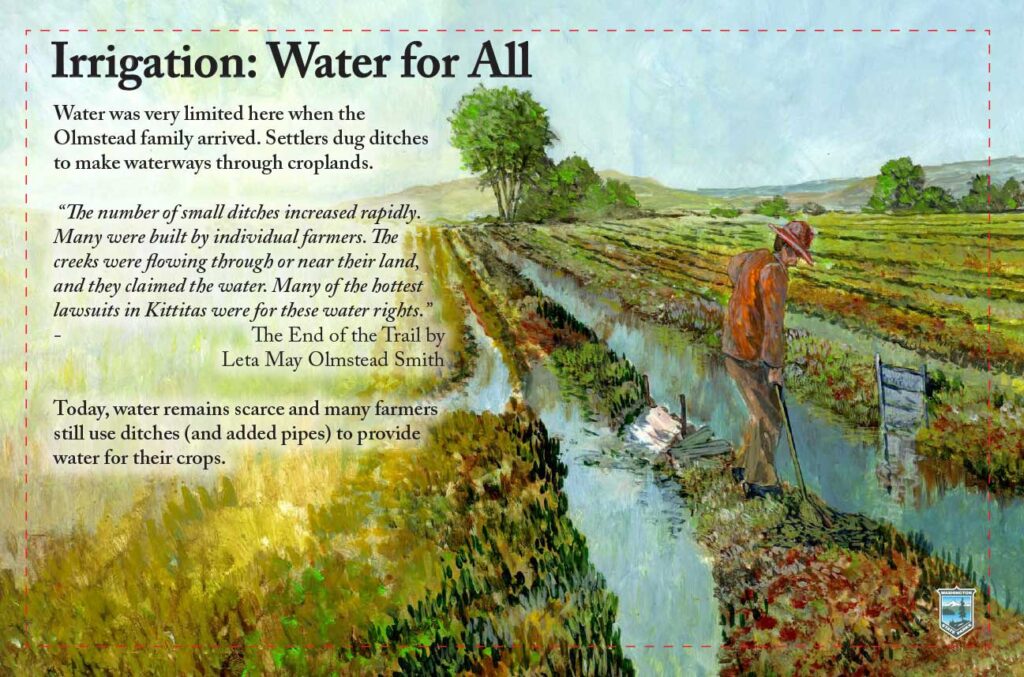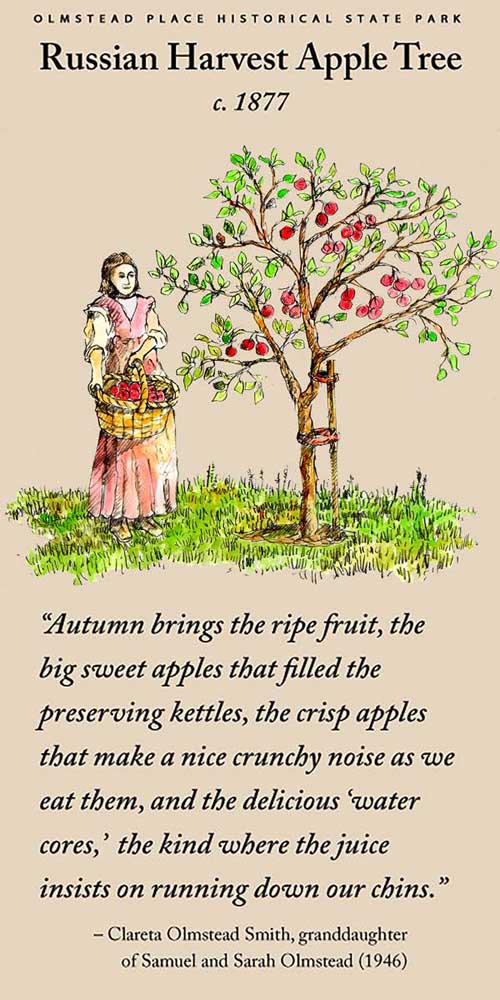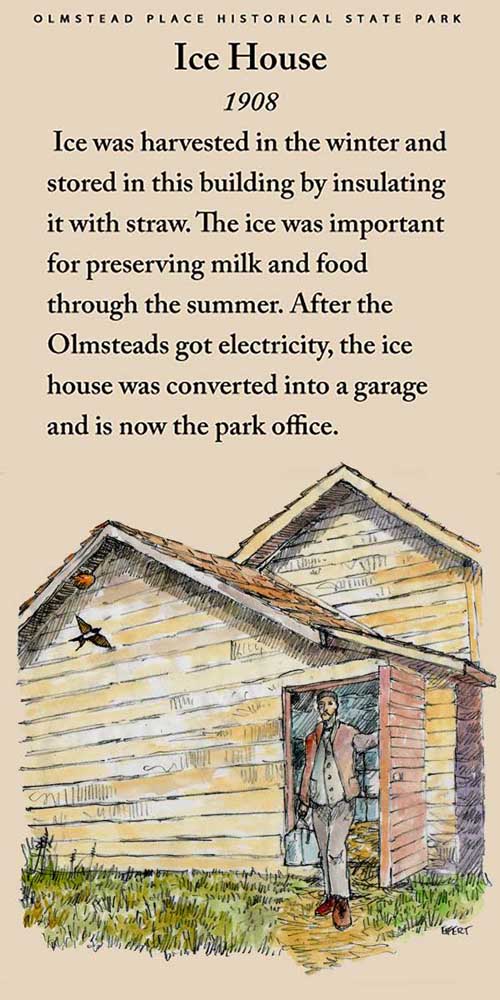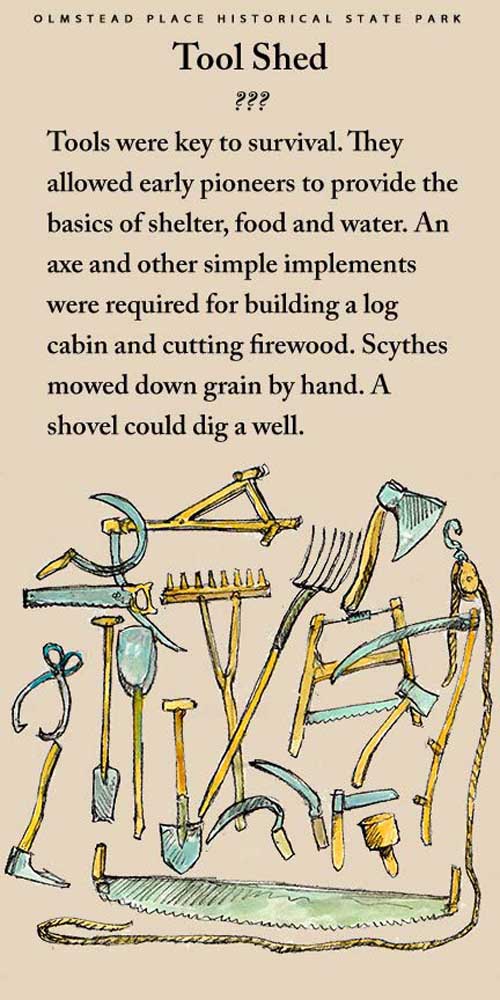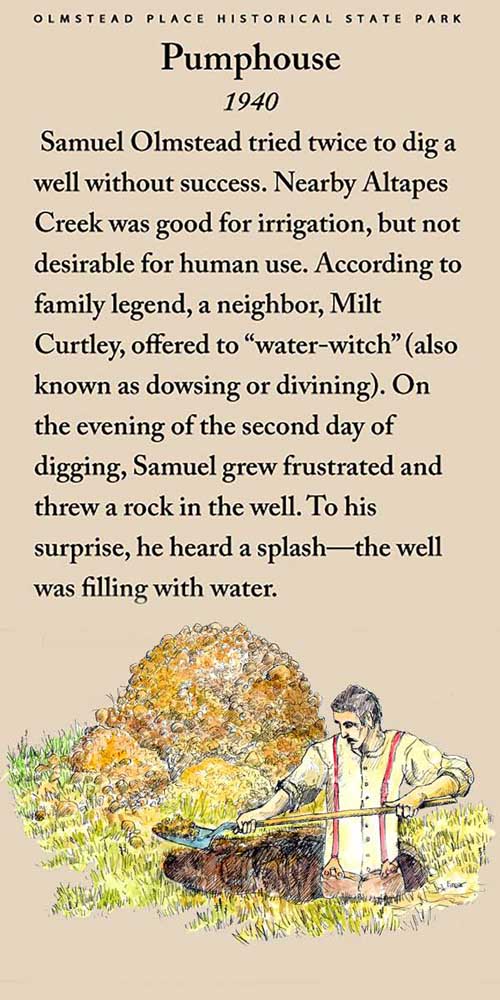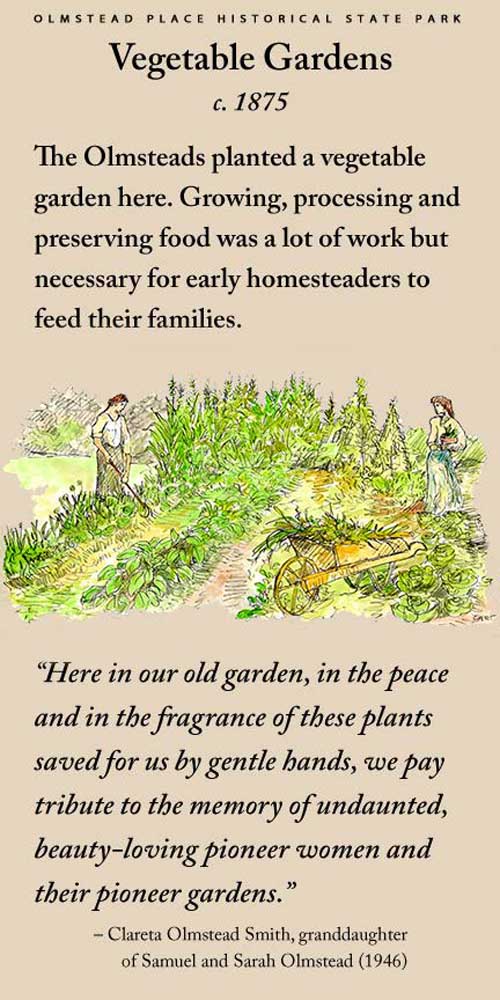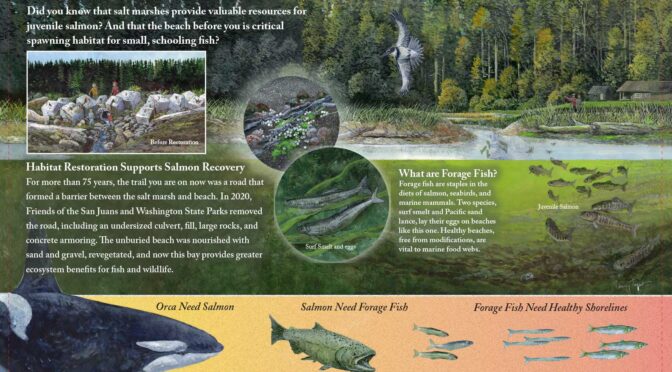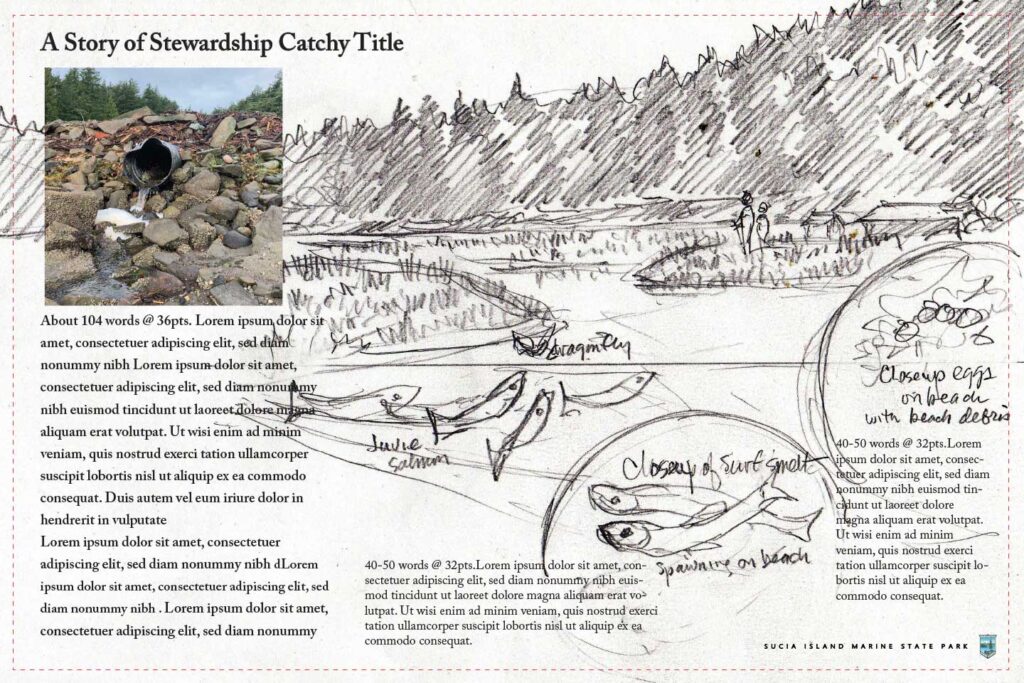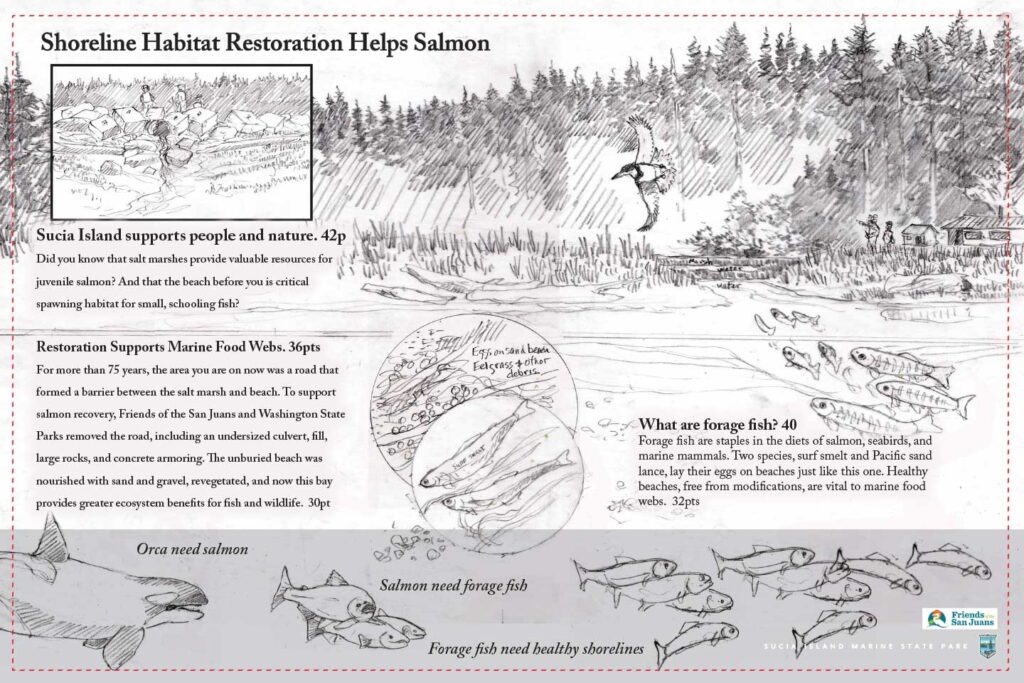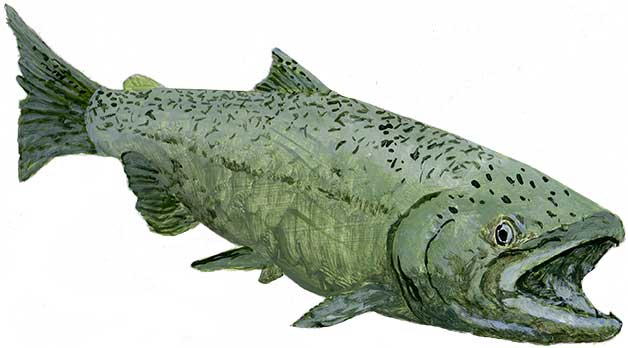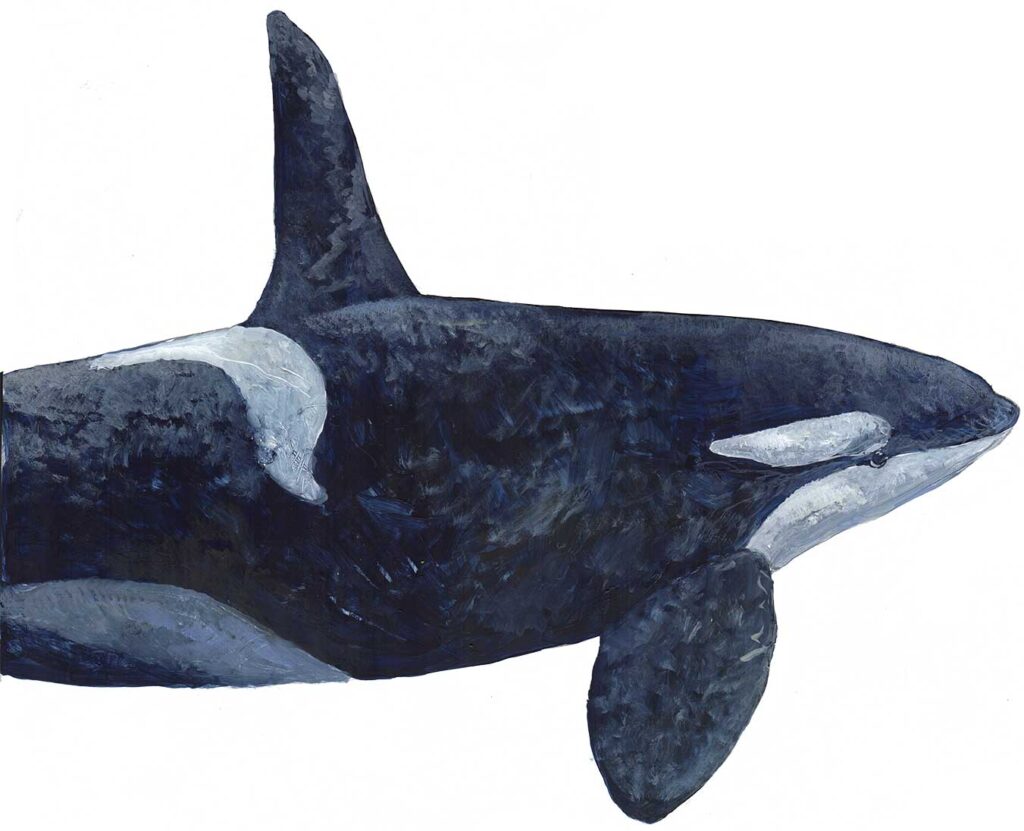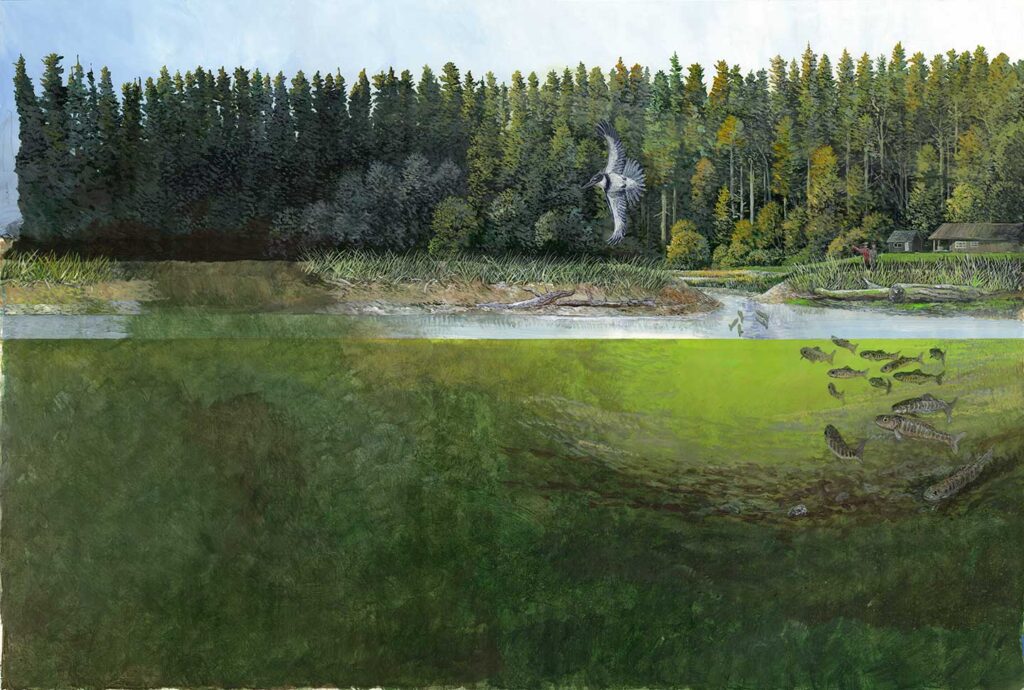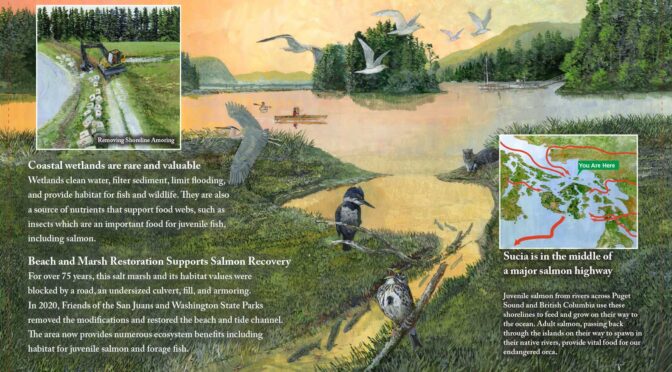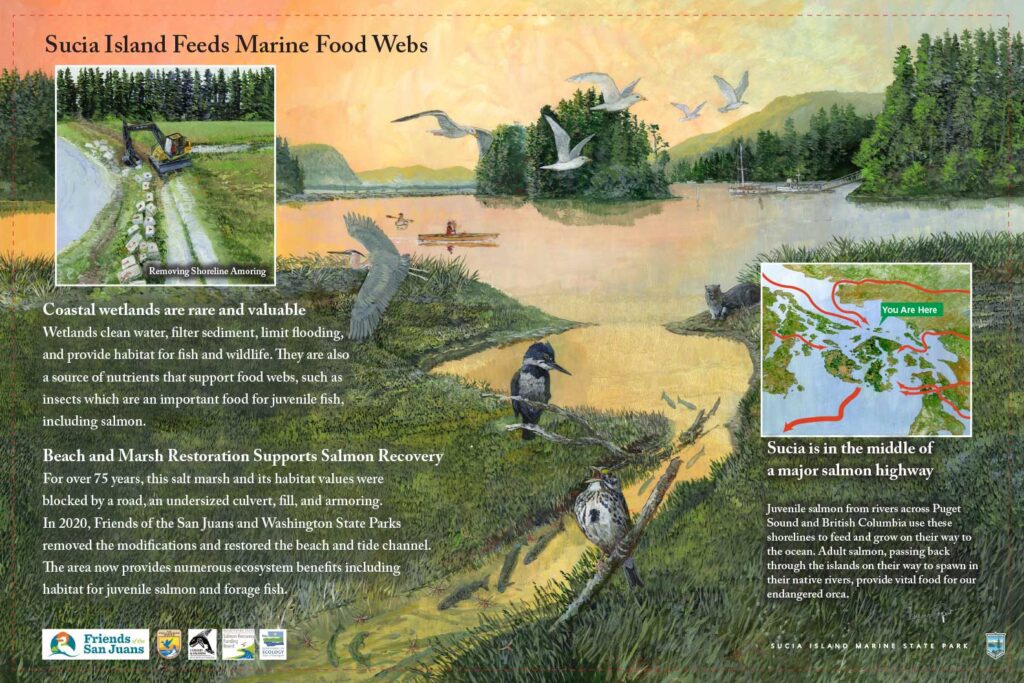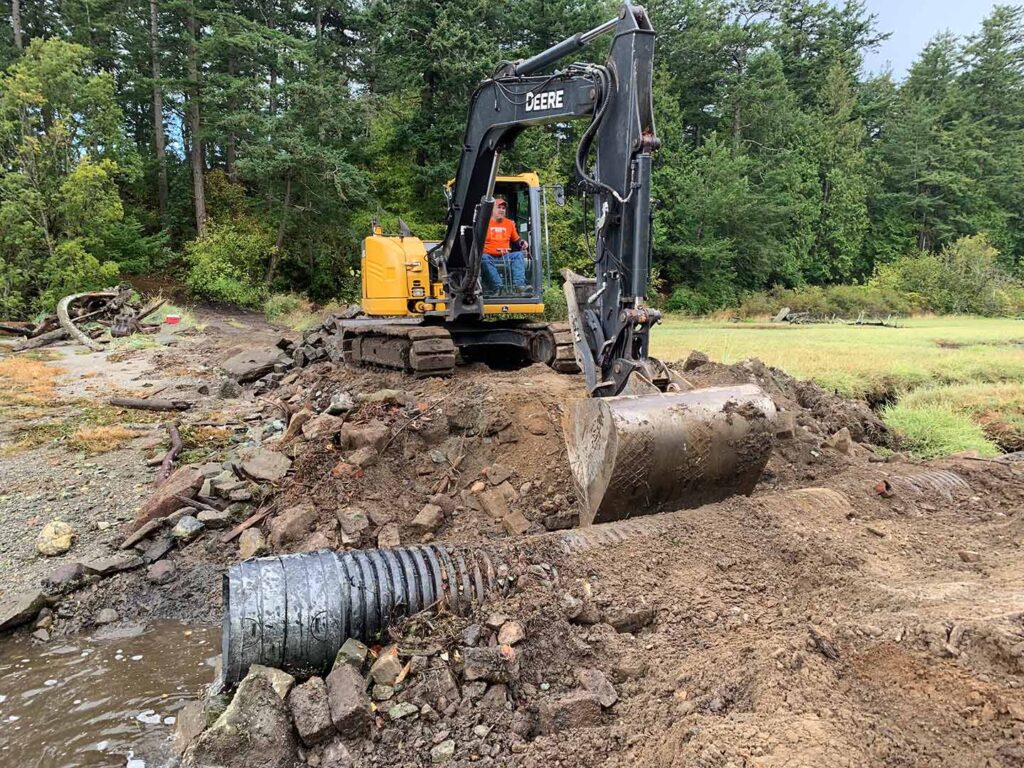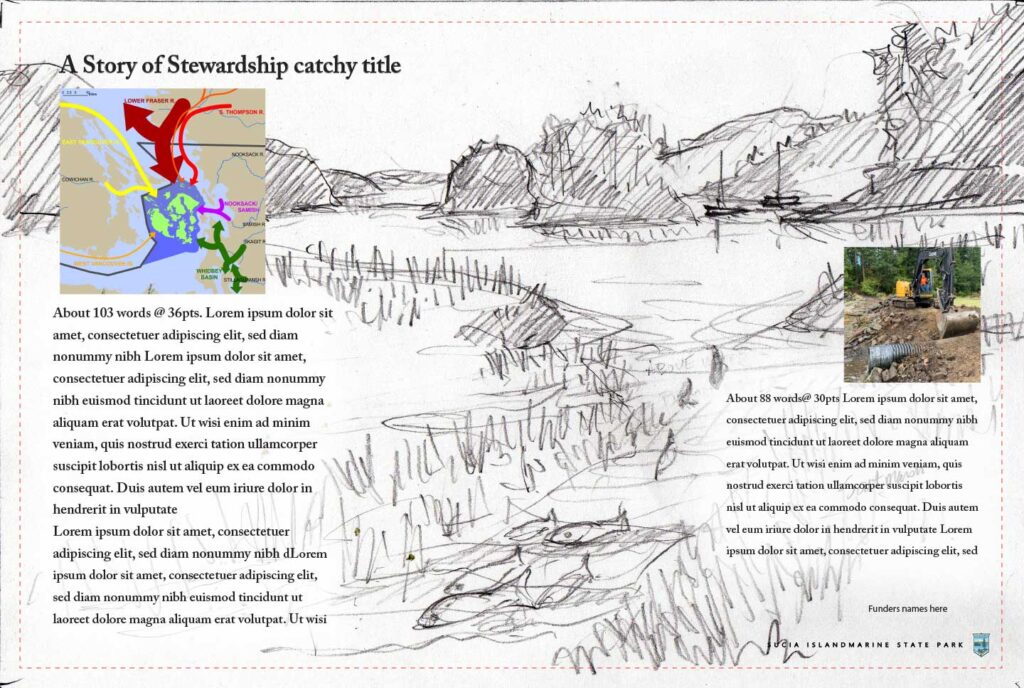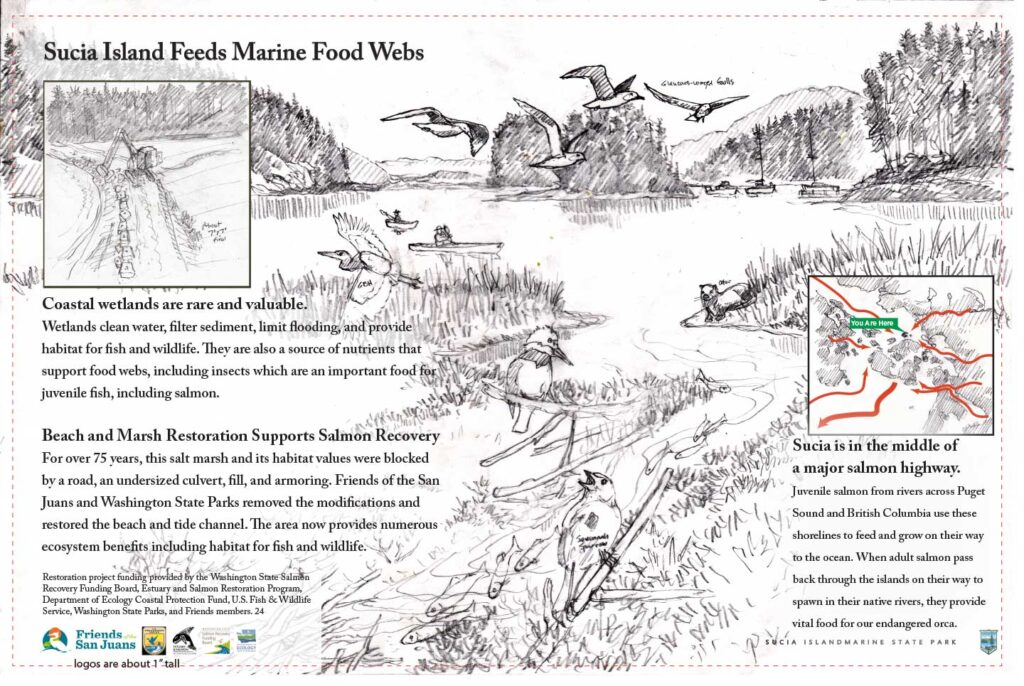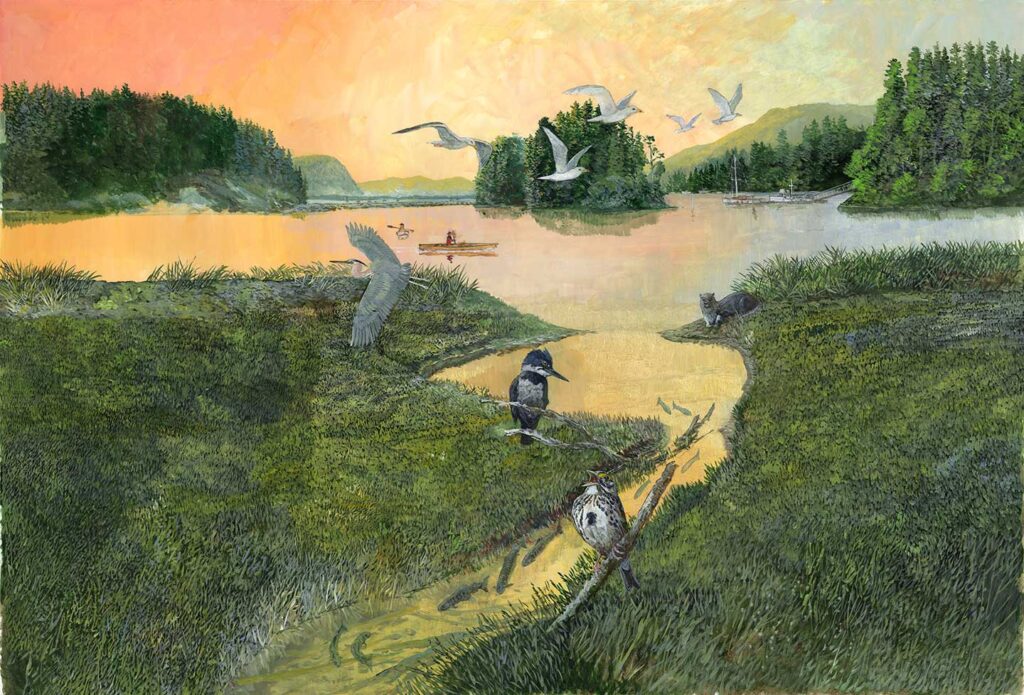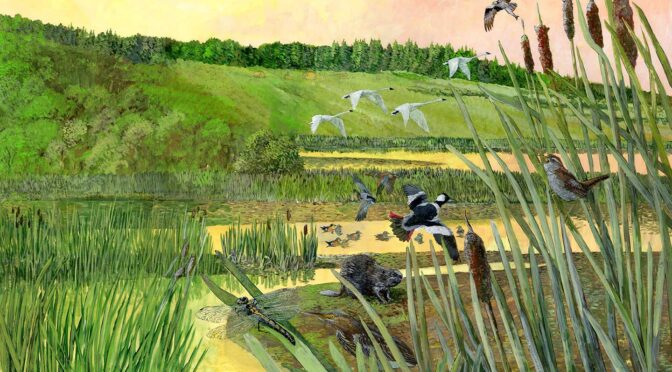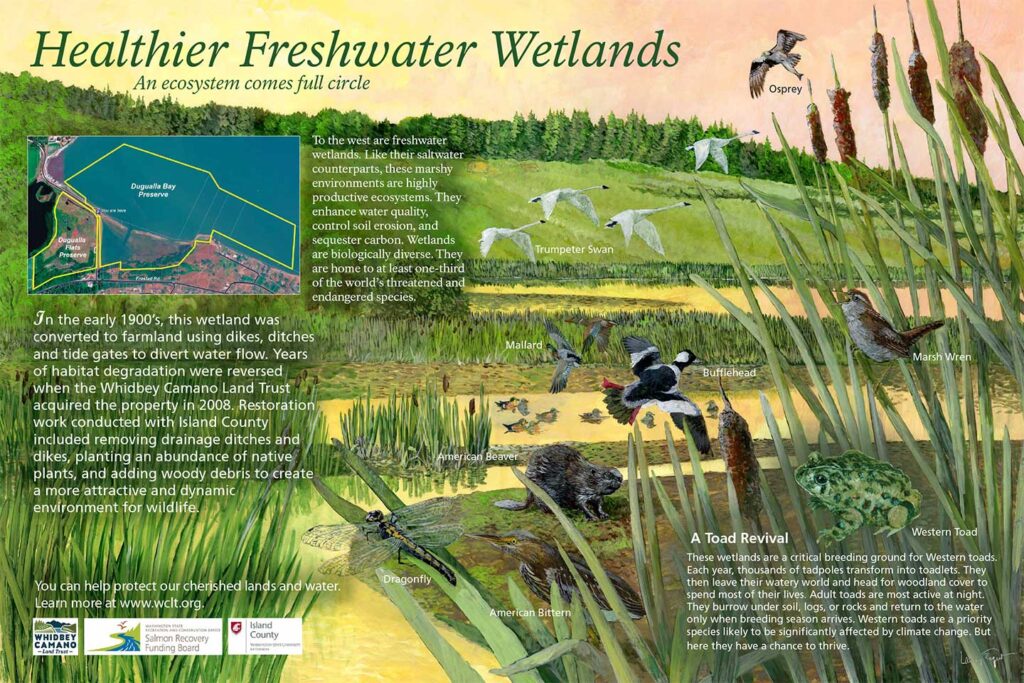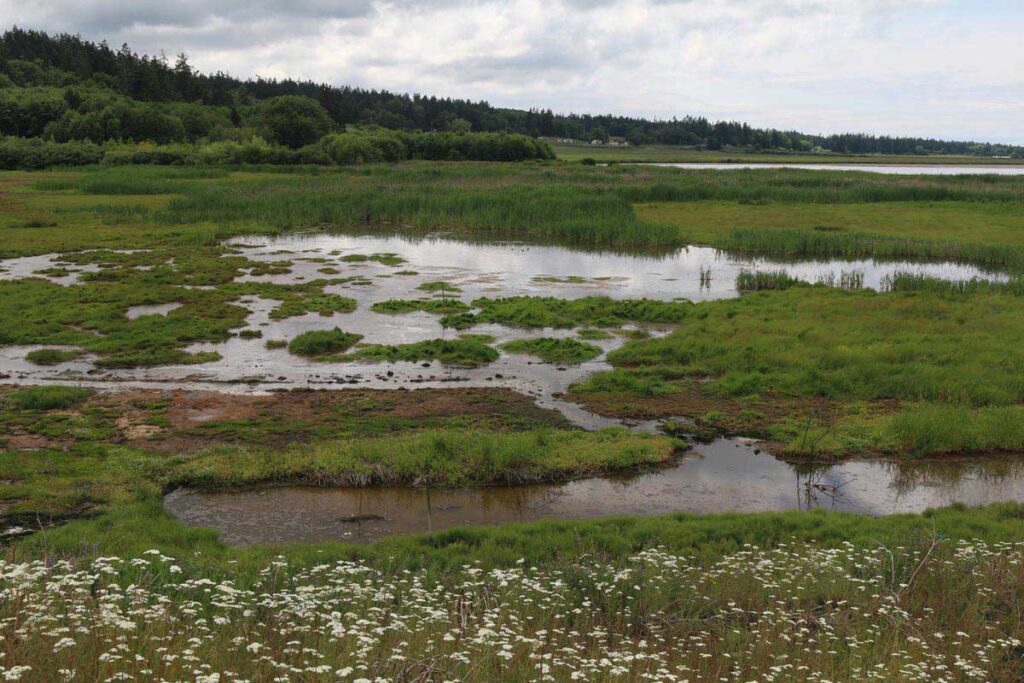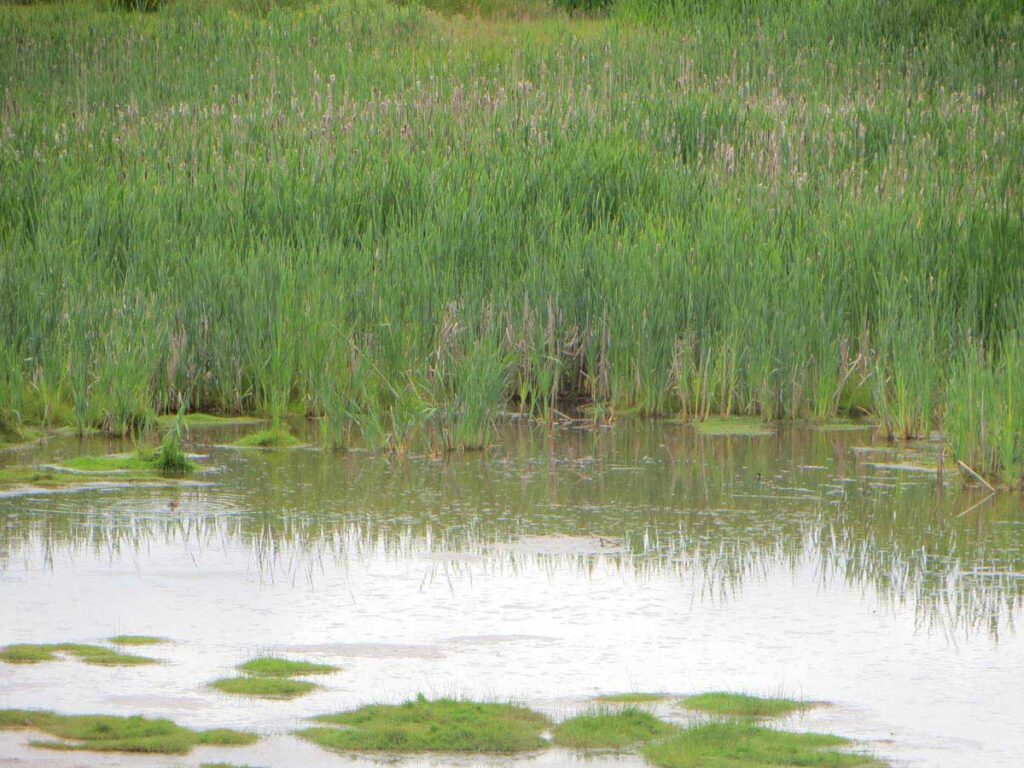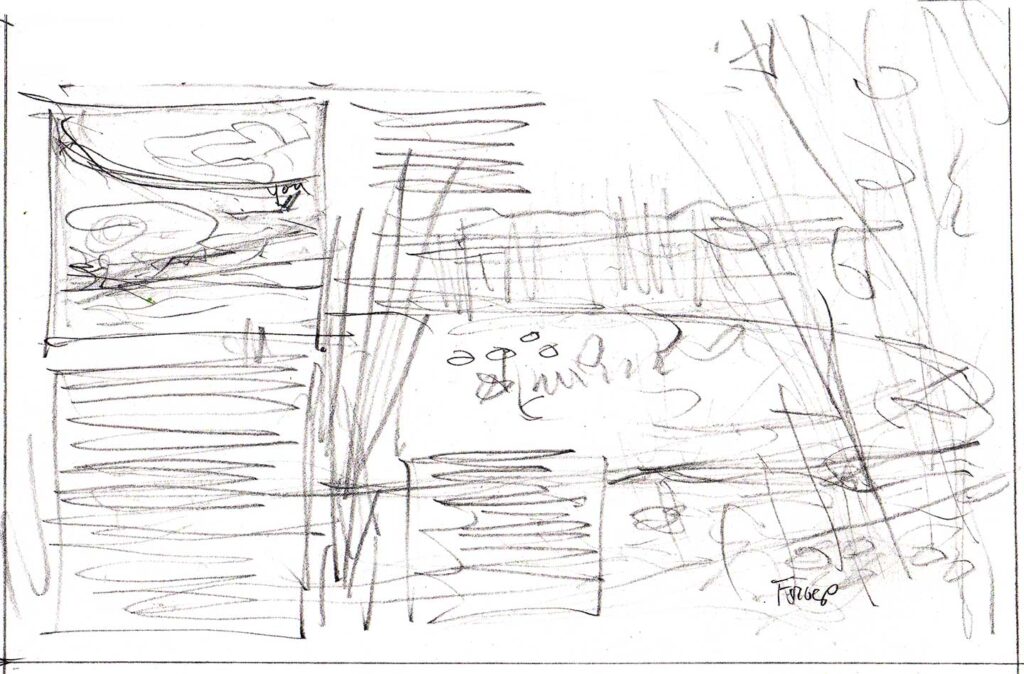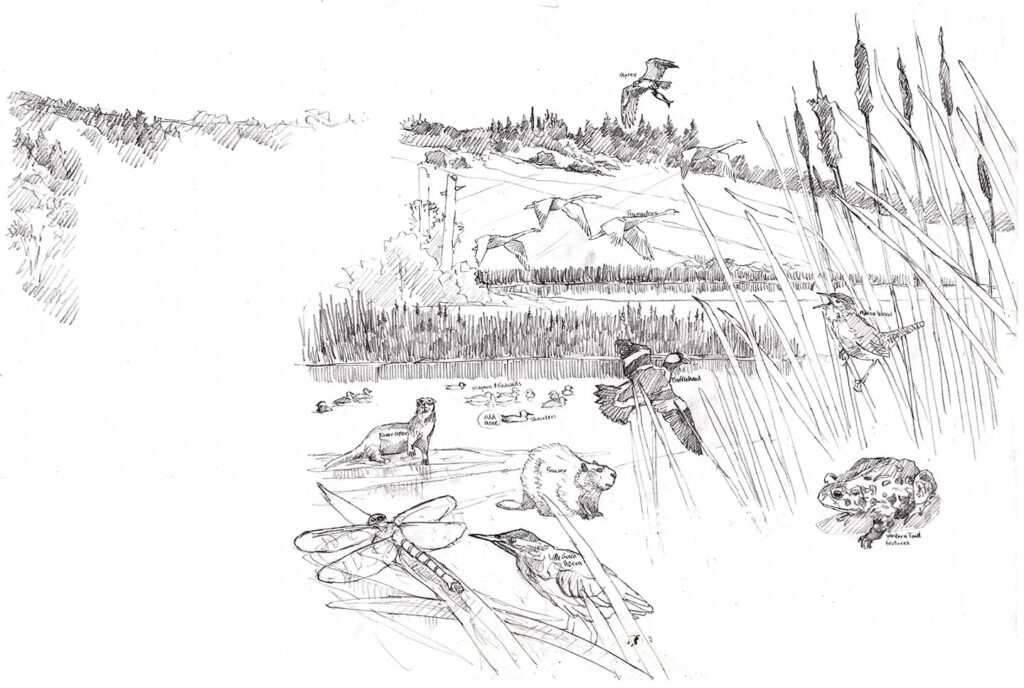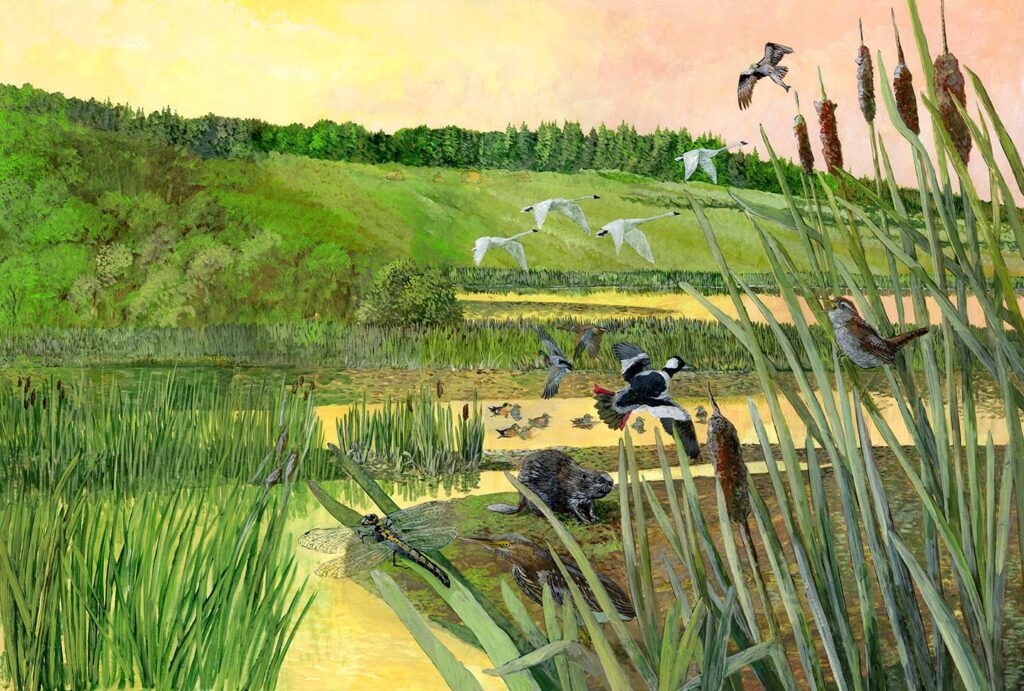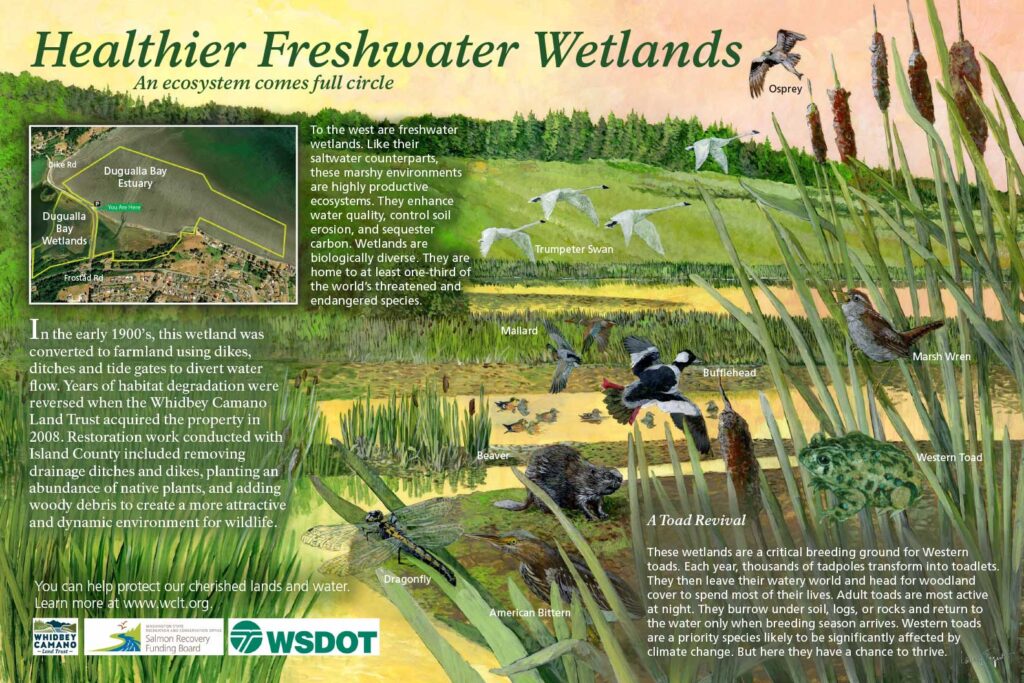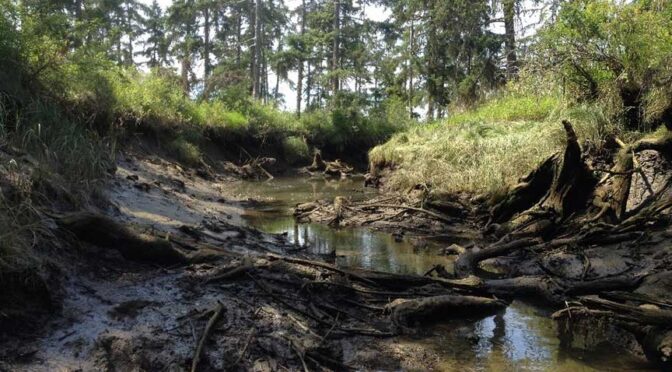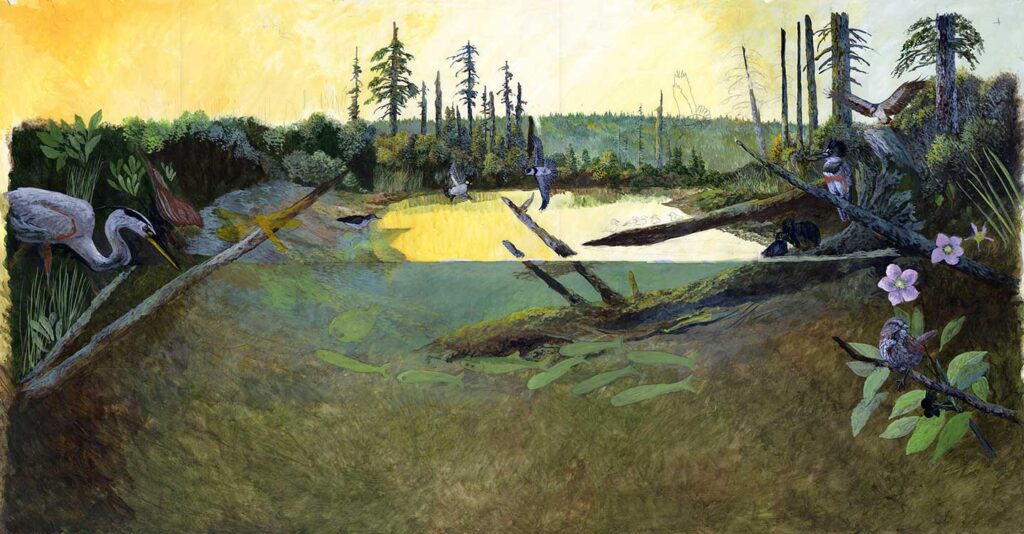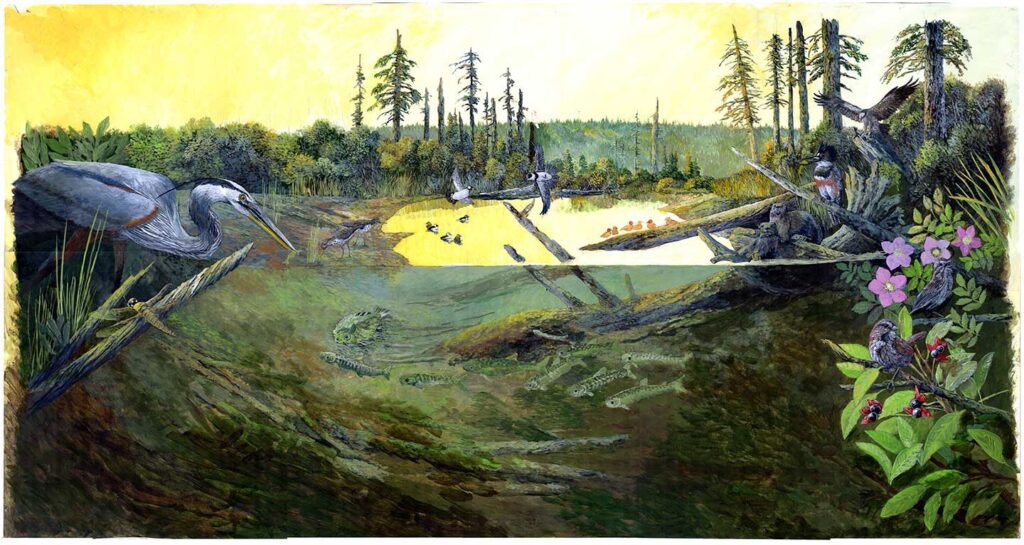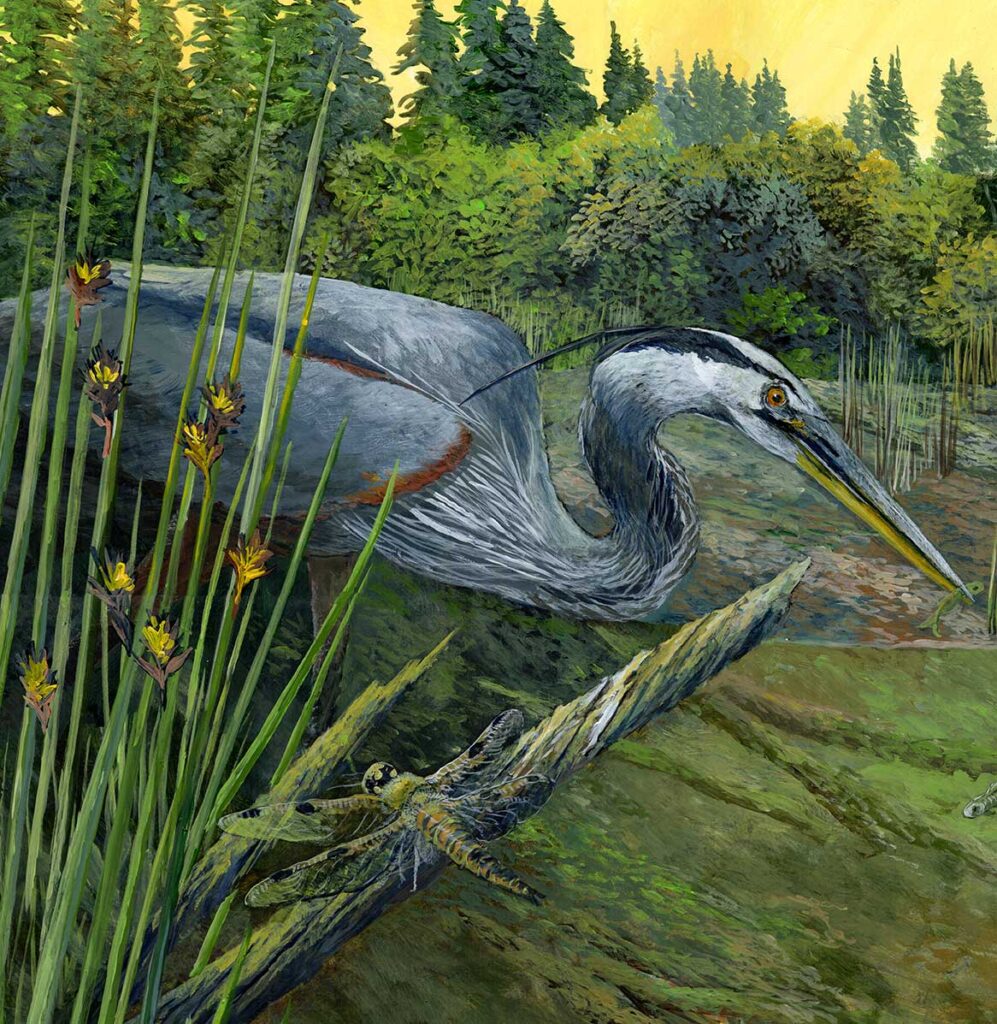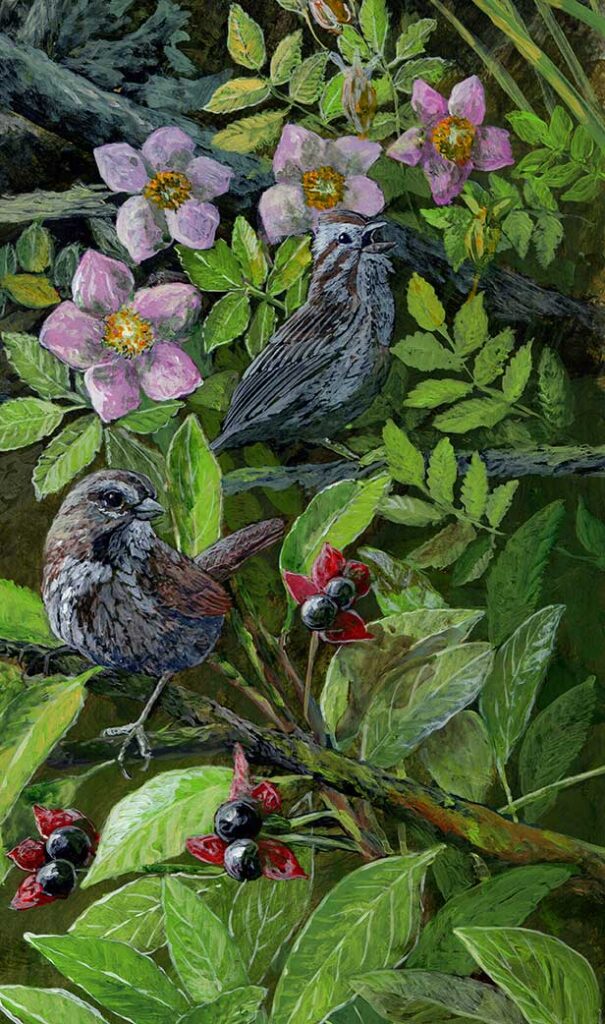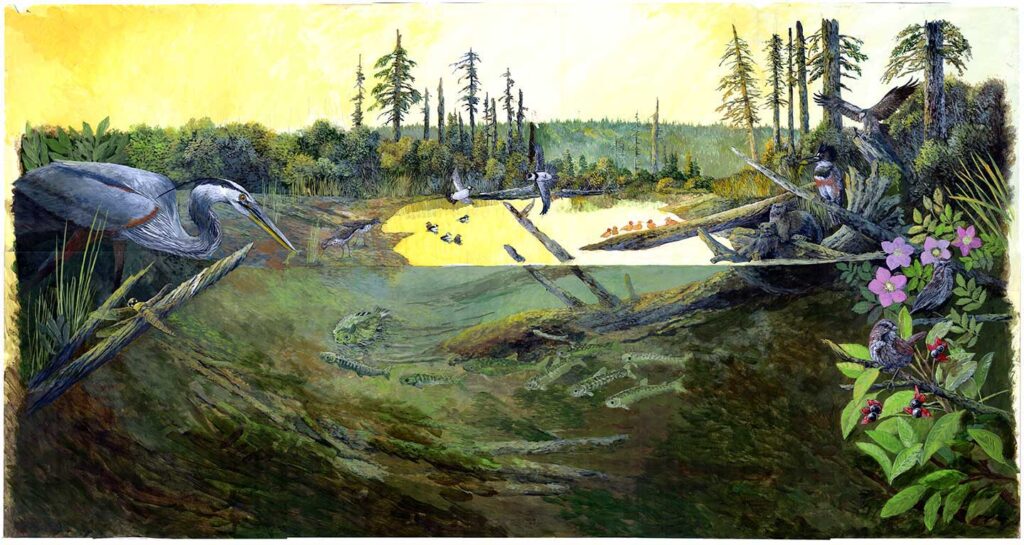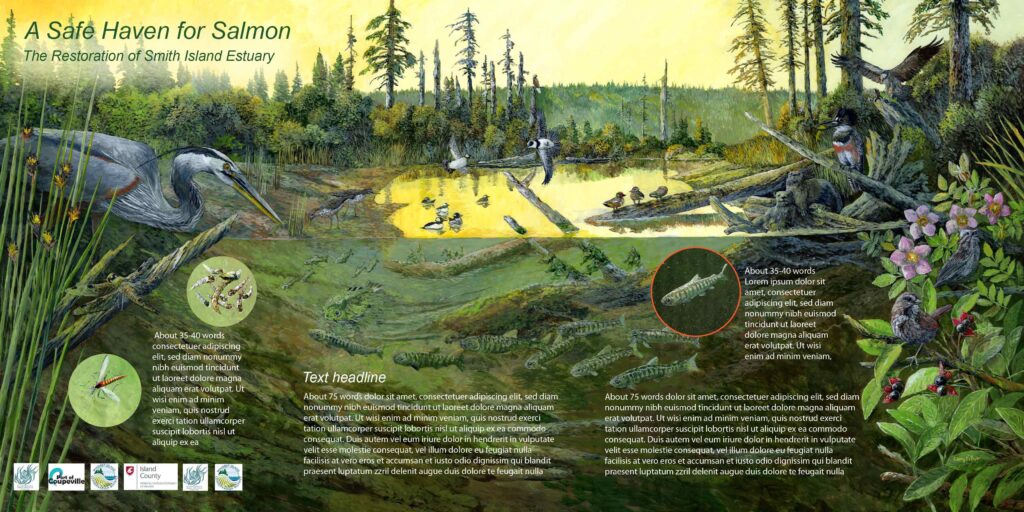I’ve been busy with no time to post here – but now I’m back with some new stuff. I was commissioned to produce two outdoor free-standing installations on one of the most remote and remarkable islands in the Salish Sea, Sucia Island Marine State Park. This place holds great meaning and many memories for me – I’ve been here countless times. It’s along the US – Canadian boundary north of the San Juan Islands and it takes some time just to get there. There isn’t ferry service, only private boats come here – and maybe a giant barge for this project.
A small muddy bay once had a sand spit beach dividing off a productive and pristine salt marsh with the bay. Years ago, a road was built on the beach top and shoreline armoring with a culvert. This stopped salmon completely from entering the marsh at high tides, a good source of insect food.
With the direction of the Friends of the San Juans and many funders, they brought out heavy equipment on a barge and removed the culvert, cement armoring and put things right again. And, at the end, I got to paint it, twice. I’ll post the second panel soon.
Here’s the original first draft sketch – pretty close to what the end result was, don’t you think? And below is the final sketch version with text in place and a few things added.
Below is the final art, ready to be put in the design. If this image looks serene, that’s the exact word I’d use for this ethereal place – maybe one of the very best in the Pacific Northwest.
So, doing this made me remember the history I have here. Many paintings of mine were painted here. THREE boats of mine have been purchased, restored, countless hours spent making them run and be safe – and decades of time has been used to get me (as a painter of nature) to places like this. When Shannon and Tina requested a couple of boats in this painting to show human interaction here, I realized I could put my own experiences in the painting.
So, classic wooden boat memories, all of them, here is “October” in the 1980’s. Then “Rumpuckarori” in the 1990’s. And finally “Sea Witch” in the 2000’s.
This image of Sea Witch, below, was actually taken at anchor right here in Snoring Bay, straight out front in the painting. These three boats undoubtedly helped make me the painter and person I am today. “October” got me to Alaska the first time, and another not shown got me to Mexico. Nancy and I lived aboard “Rumpy” during some of the best times for both of us, and there Nancy is in the cockpit of “Sea Witch”, below.
Thanks to Tina and Shannon from the help in making these paintings interesting and fun memories for me.
If you’re reading this on social media, I, Larry Eifert, paints and sails the Pacific Northwest from Port Townsend. My large-scale murals can be seen in many national parks across America, and at larryeifert.com.
Thanks for reading this week. You can sign up for emails for these posts on my website at larryeifert.com.
Larry Eifert
Here’s my Facebook fan page. I post lots of other stuff there.
And Instagram is here.
Click here to go to our main website – with jigsaw puzzles, prints, interpretive portfolios and lots of other stuff.
Nancy’s web portfolio of stunning photography and paintings.
And here to go to Virginia Eifert’s website.
